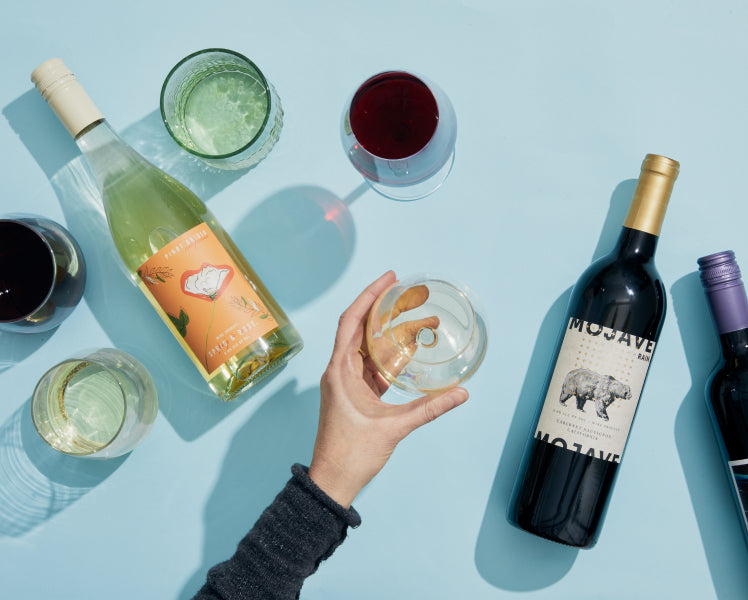
The Judgement of Paris: The Blind Wine Tasting that Changed the World

-
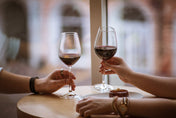 April 07, 2022What Is a Red Blend Wine?
April 07, 2022What Is a Red Blend Wine? -
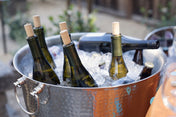 May 19, 2021How to Chill Wine Fast: 5 F...
May 19, 2021How to Chill Wine Fast: 5 F... -
 March 19, 2021Our 11 Favorite Spring Wine...
March 19, 2021Our 11 Favorite Spring Wine...
Articles you might like...
Ready to learn more about wine? Dive right in.
This is a carousel. You can use the slide dots to navigate to a specific slide.
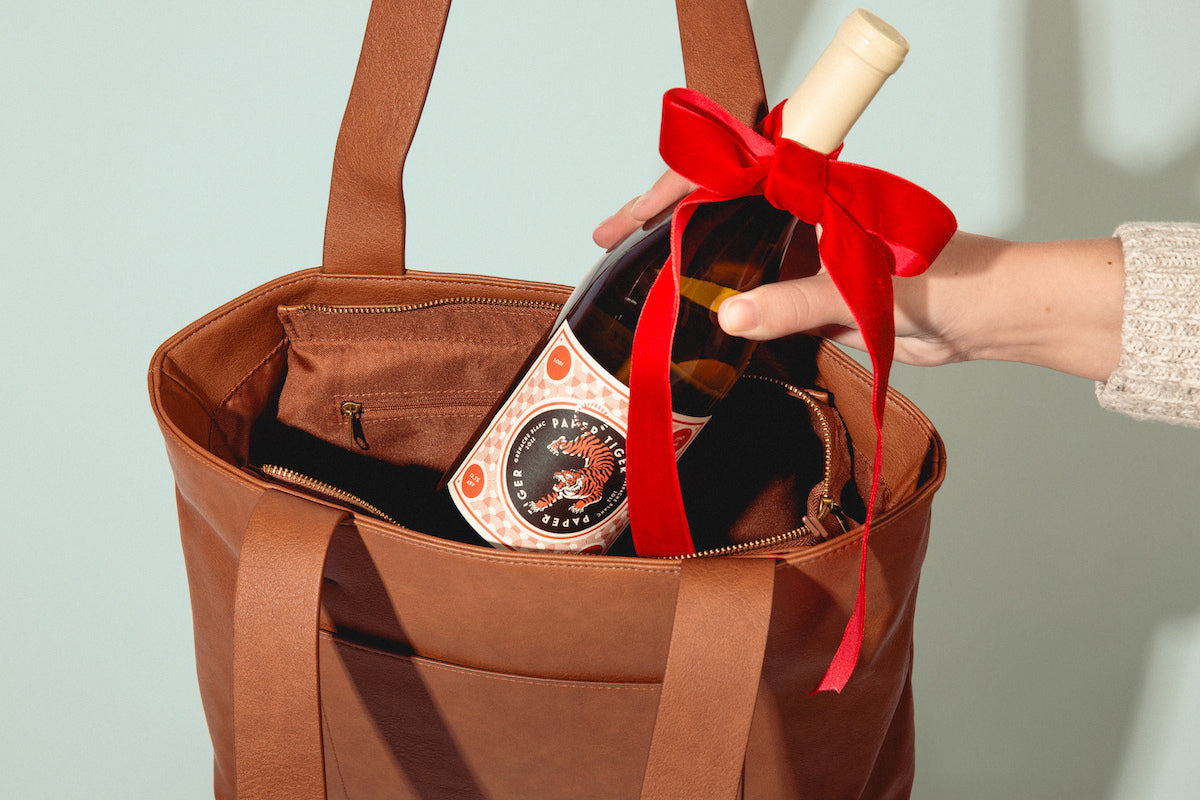
7 Wine Gift Ideas for Everyone On Your List
When in doubt, gift wine. Here are some helpful ideas for gifting to the wine lovers on your list this...
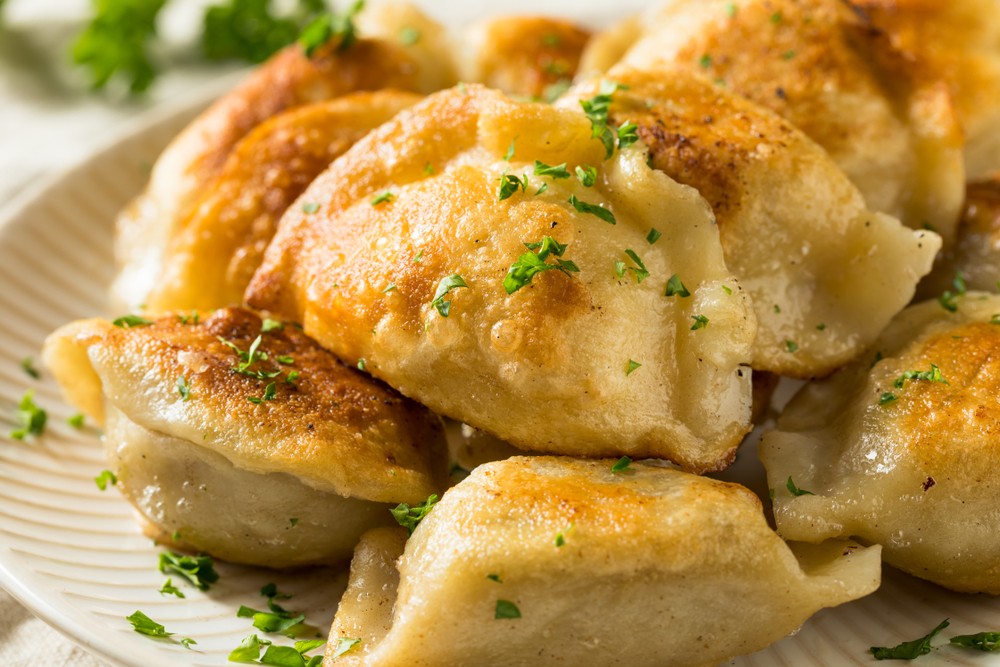
Wine and Pierogi Pairings For National Pierogi Day!
Happy National Pierogi Day! This Polish dumplings can be savory or sweet. Here are 7 wine and pierogi pairings to...
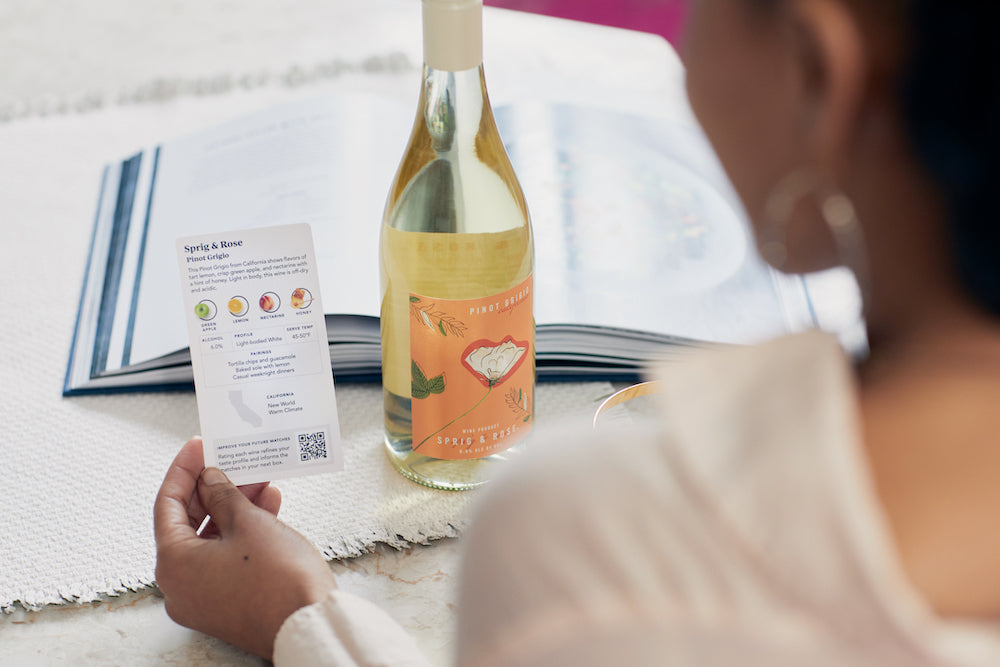
10 Ways to Get Out of a Wine Rut
Looking to rediscover your love for wine? Here are 10 fun, foolproof ways to get out of that wine rut...
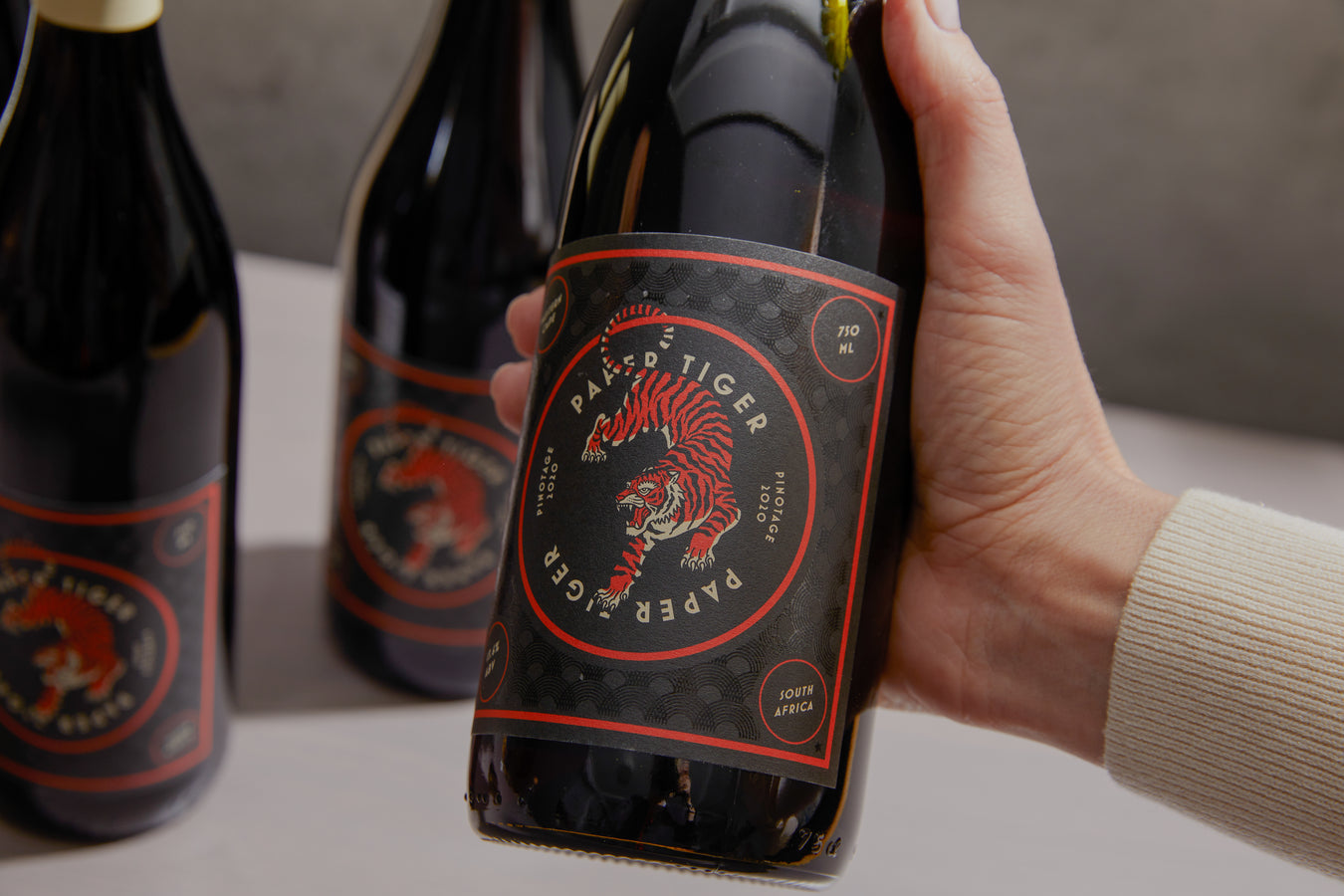
Wine Spotlight: Paper Tiger Wines
We're introducing our new wine brand, Paper Tiger wines. These varieties are rare, enticing, and, above all, worth trying.
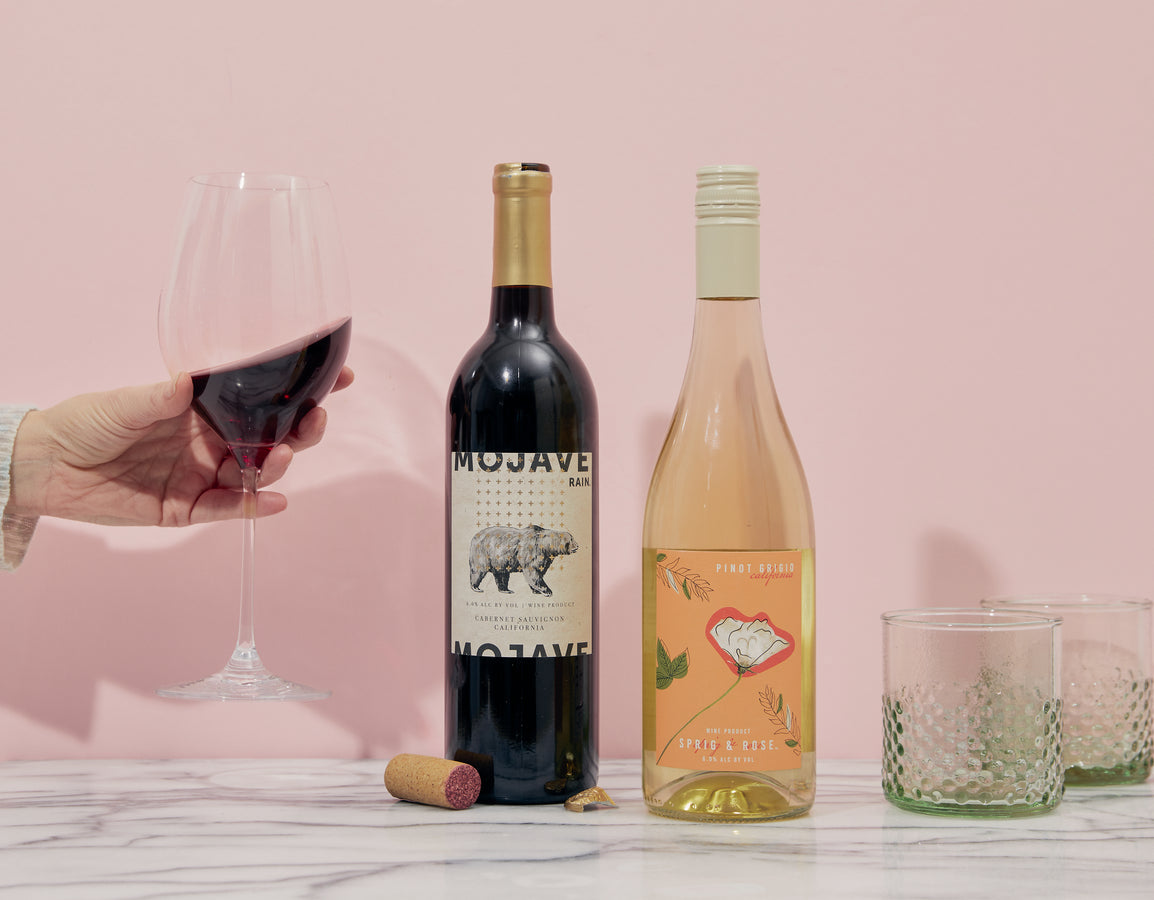
Wine Wisdom: How to Learn About Wine
Introducing Wine Wisdom — a series of bite-size, sommelier-approved lessons that allow you to learn about wine on your own...
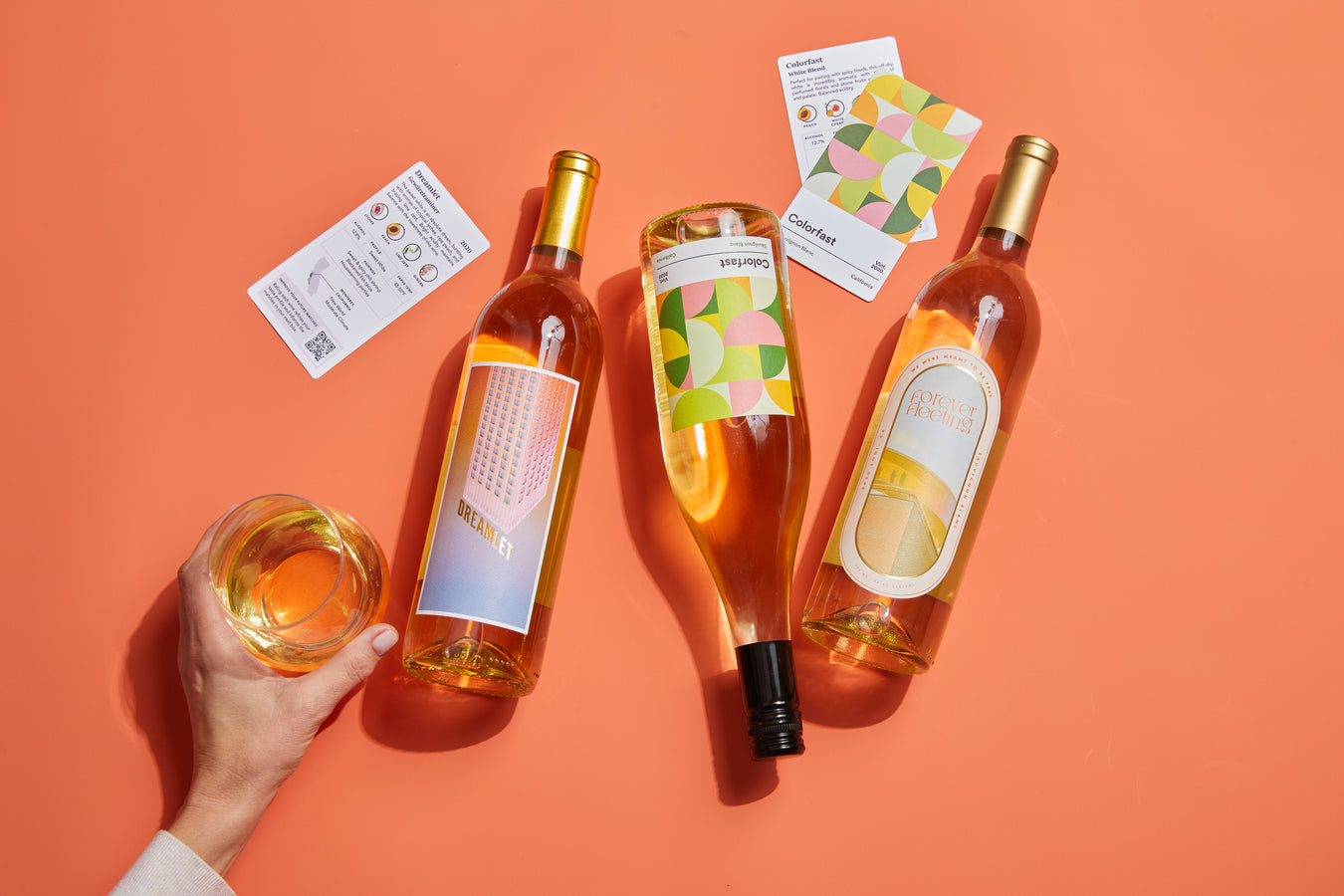
All for Wine & Wine for All: Raising a Glass to our Differences
Happy June, fellow wine drinkers! This month, we’re celebrating with a reminder: There’s enough room at the table for all...
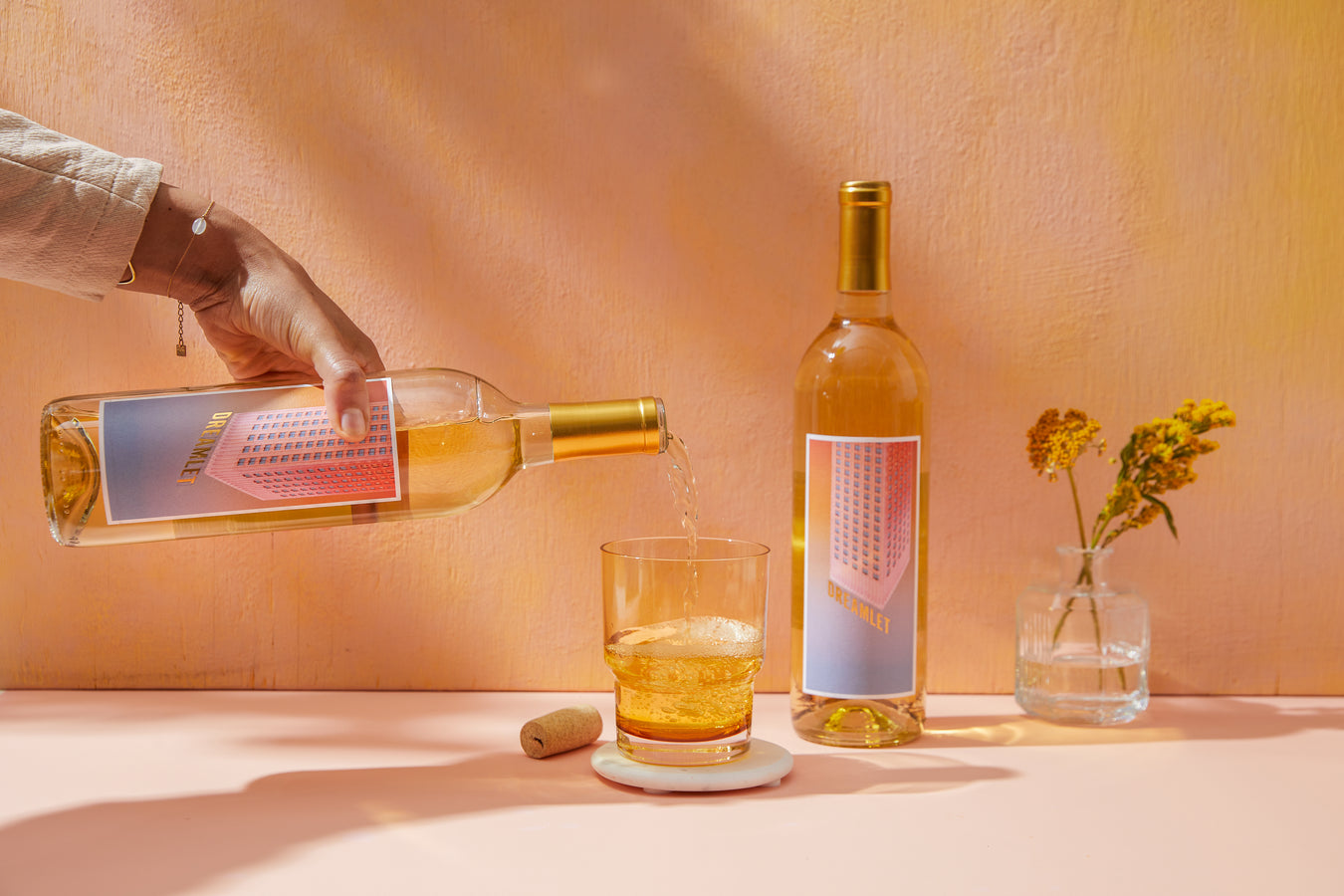
Wine Spotlight: Dreamlet Wines
These California wines are exploding with flavor, but we’ve also added a new bottling technique with a little bit of...
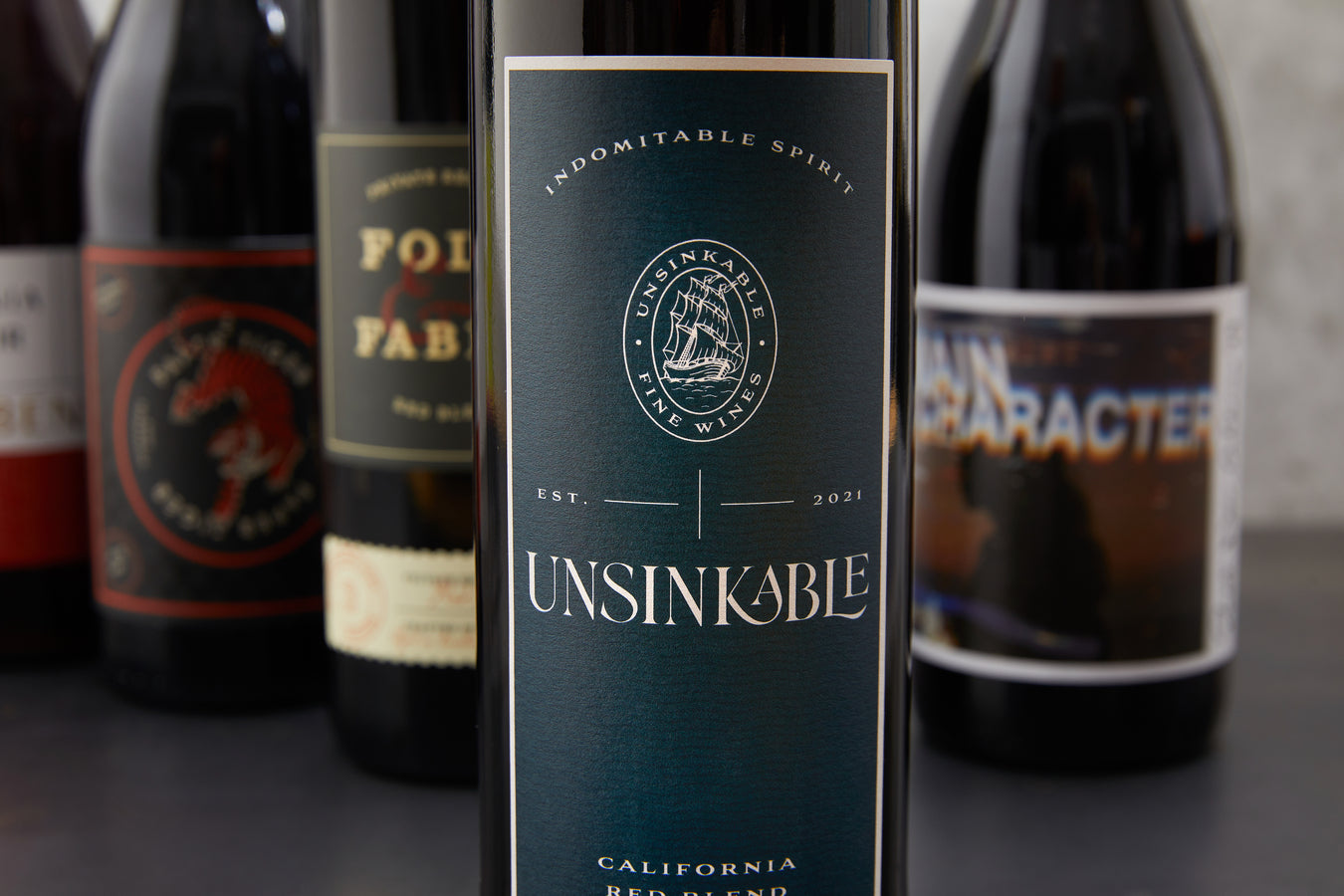
New Wine Alert: Unsinkable Wines
Bright Cellars is excited to announce the launch of a captivating new brand ready to hit boxes – Unsinkable wines.
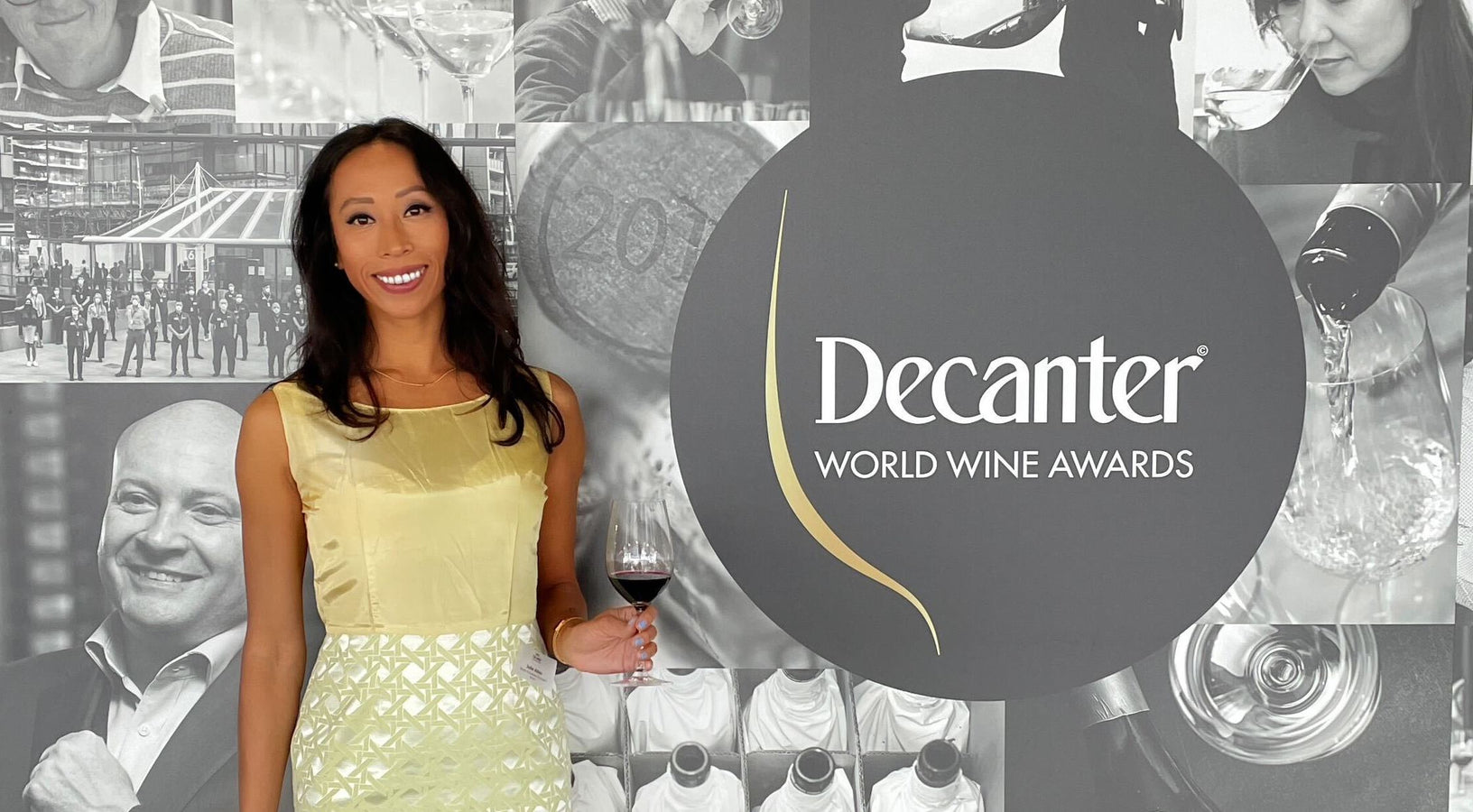
From the Judge's Corner: Wine Competitions Explained
Our own Julie Albin recently judged two wine competitions in London – the International Wine Challenge and Decanter World Wine...
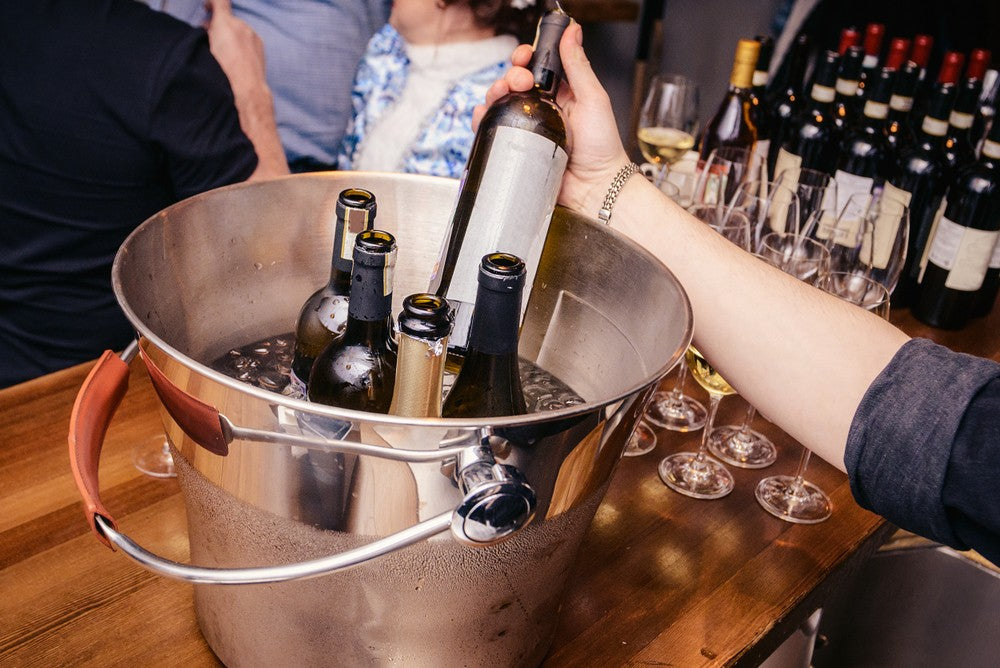
What’s the Deal with Chilling Red Wine?
Should red wines be chilled? The short answer: yes, but don’t go tossing any red wine in your fridge. Here...
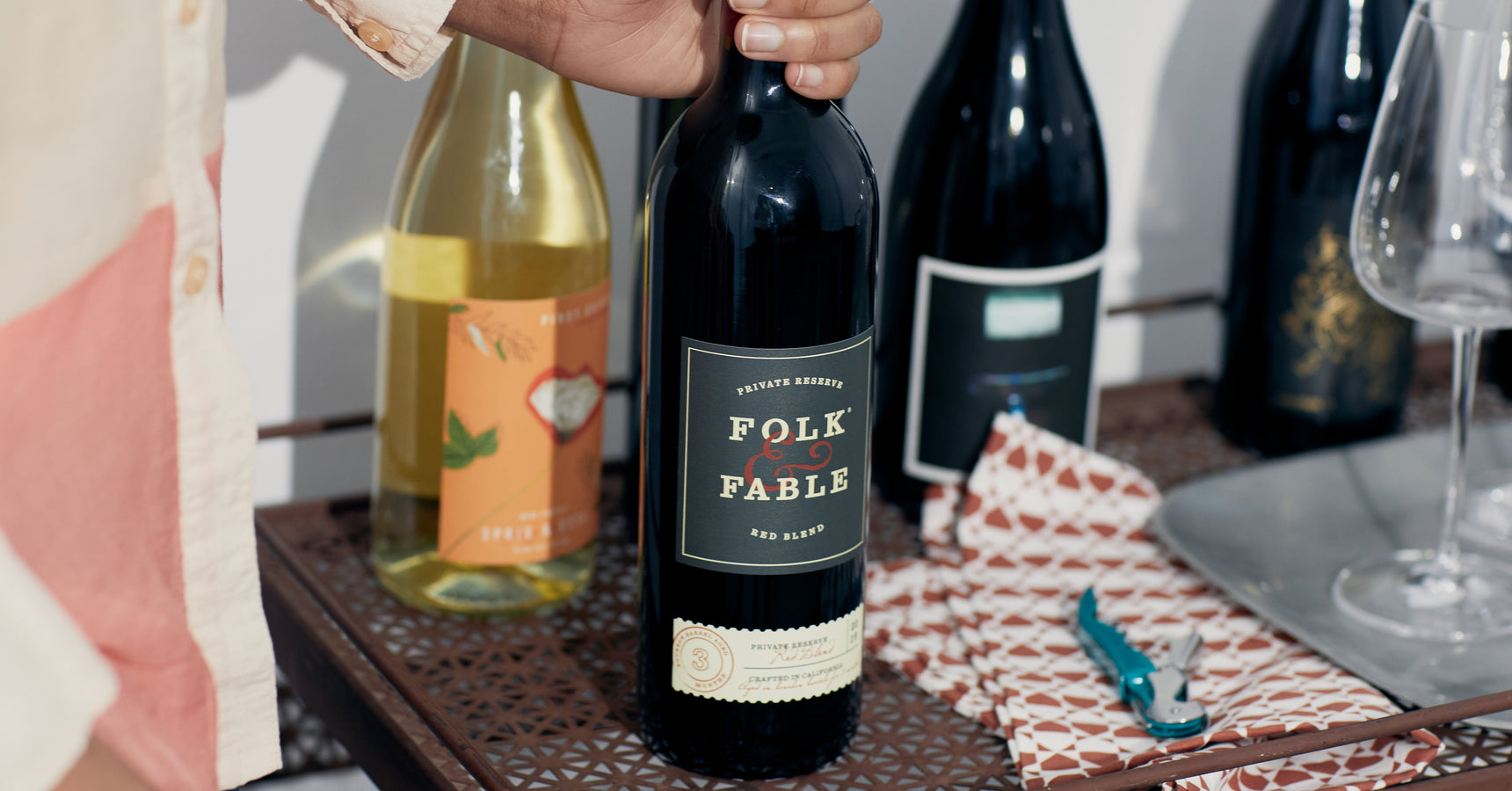
Best Cellars Spotlight: Folk & Fable Wines
Of all our Bright Cellars wines, there’s one that never fails to impress, time and time again. From its bold,...
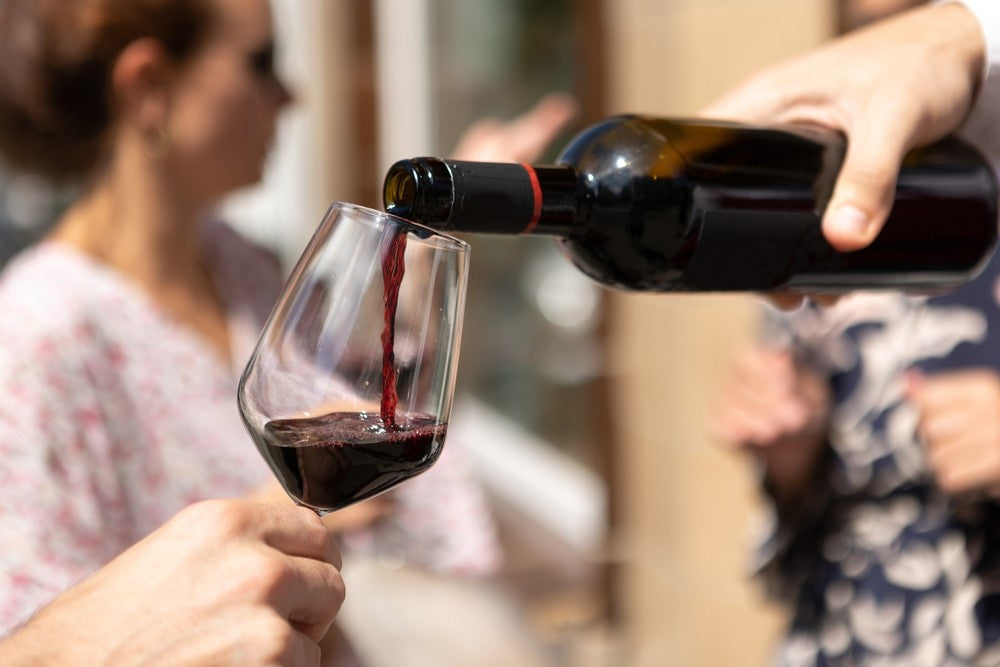
7 Things to Know About Malbec Wine
You know about the ever-popular Cabernet Sauvignon, and you probably know a thing or two about Merlot. It’s time we...
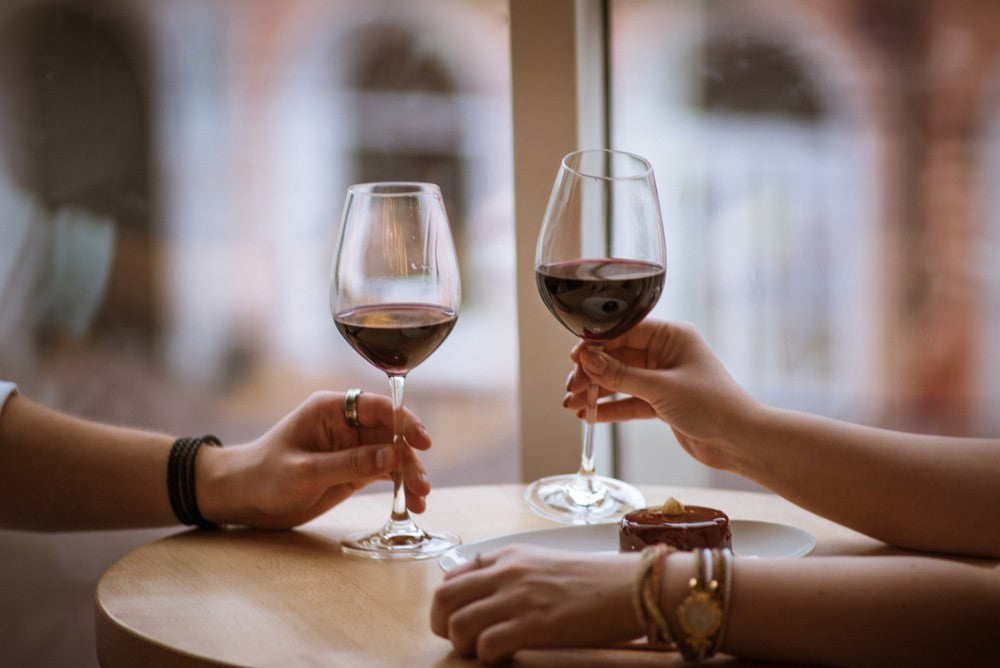
What Is a Red Blend Wine?
What is a red blend wine and why do winemakers blend wines? We're explaining the magical process that is blending...
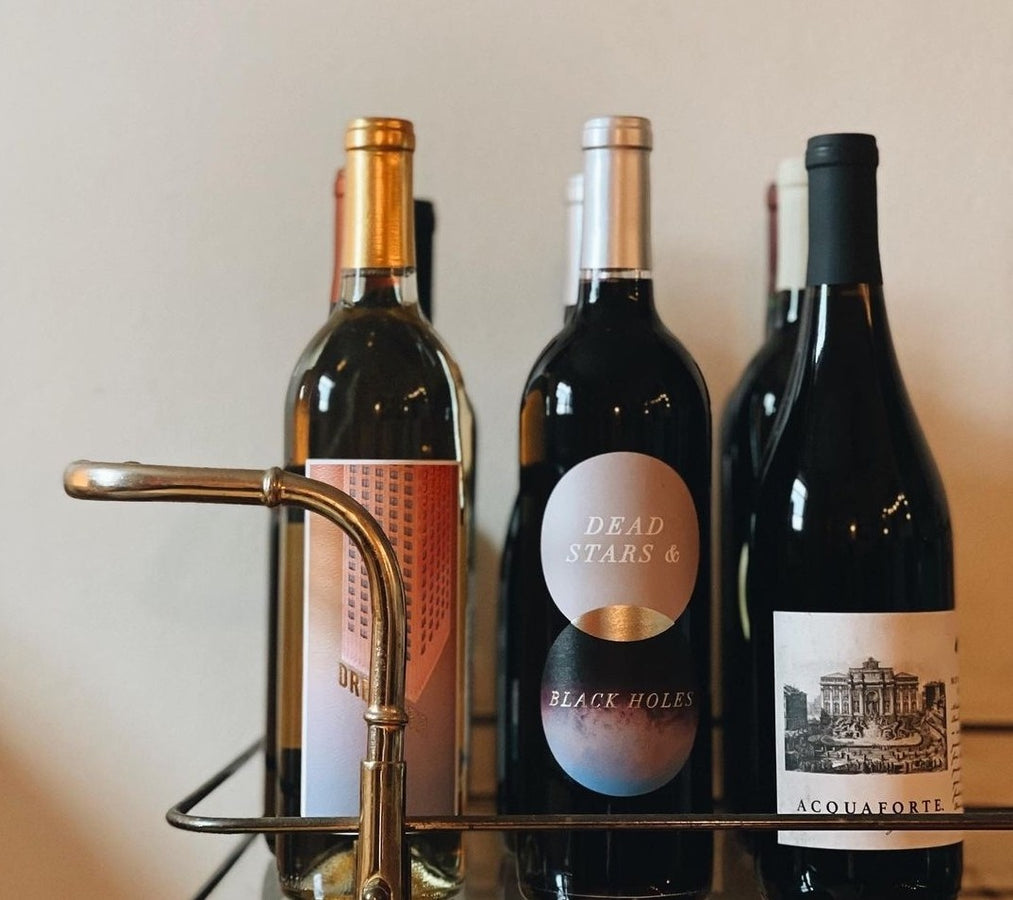
Spring Cleaning: Wine Bar Cart Essentials
As the weather warms, use this handy checklist of wine bar cart essentials to prepare yourself for spring sipping.
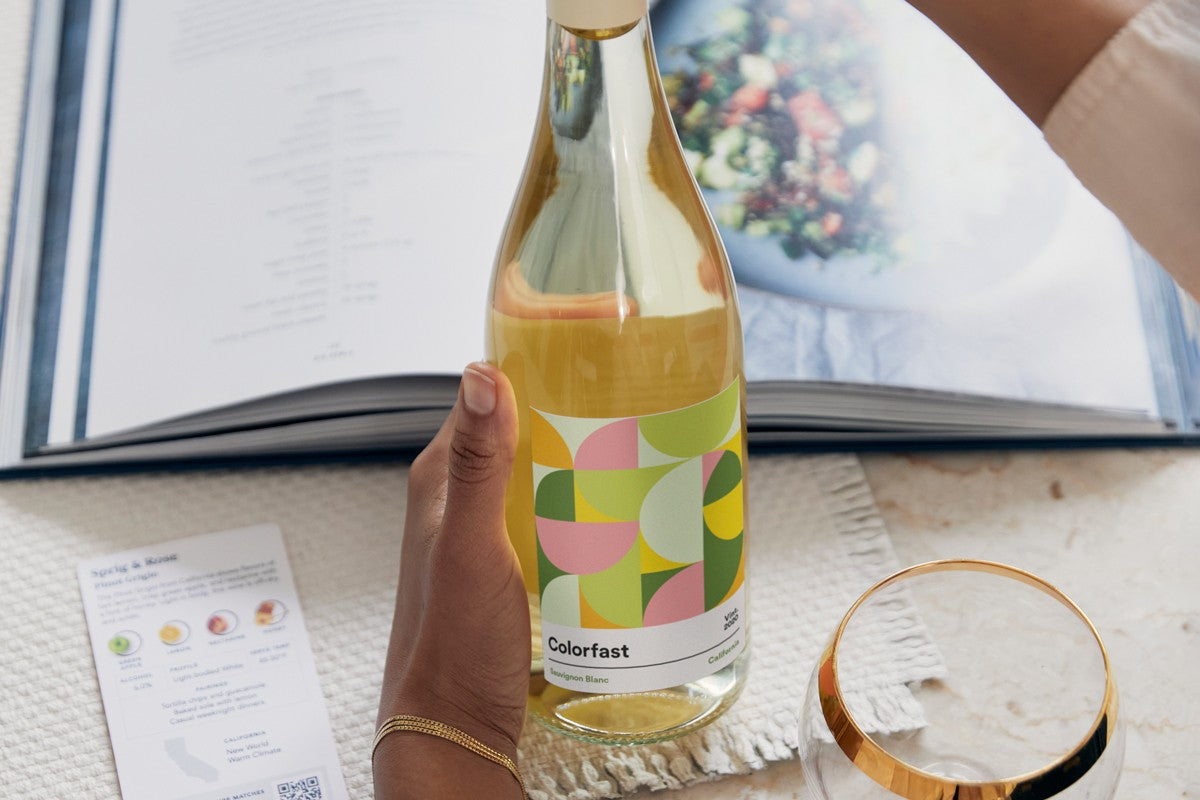
NEW! Colorfast Wine Label Spring Cleaning
In the true spirit of spring cleaning, we’re excited to unveil something we’ve been working on behind the scenes. Introducing...
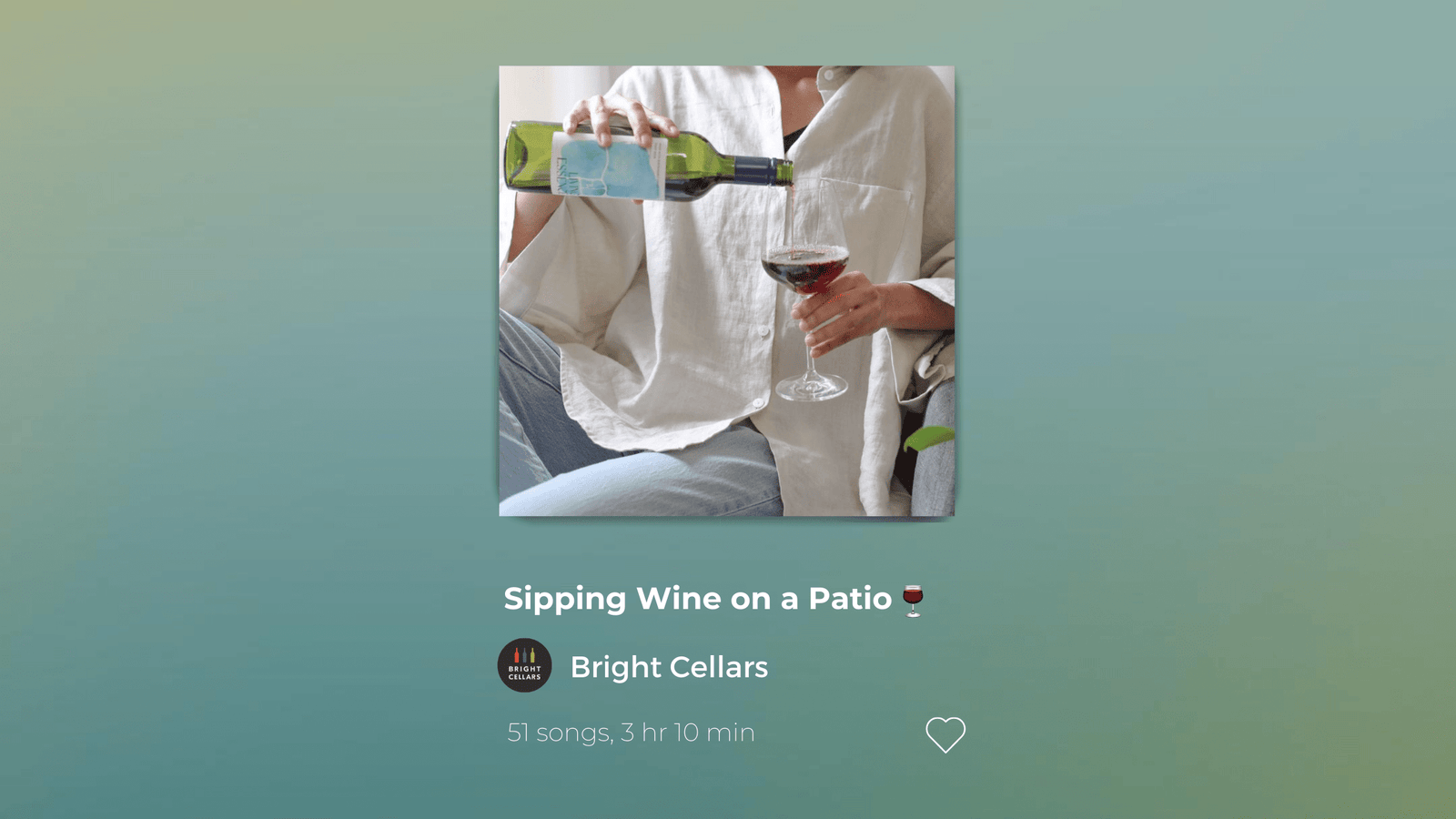
Sipping Through Spring: Wine Playlist
Imagine: You're sitting on a blanket at the park with sunshine on your face, a good read in one hand,...
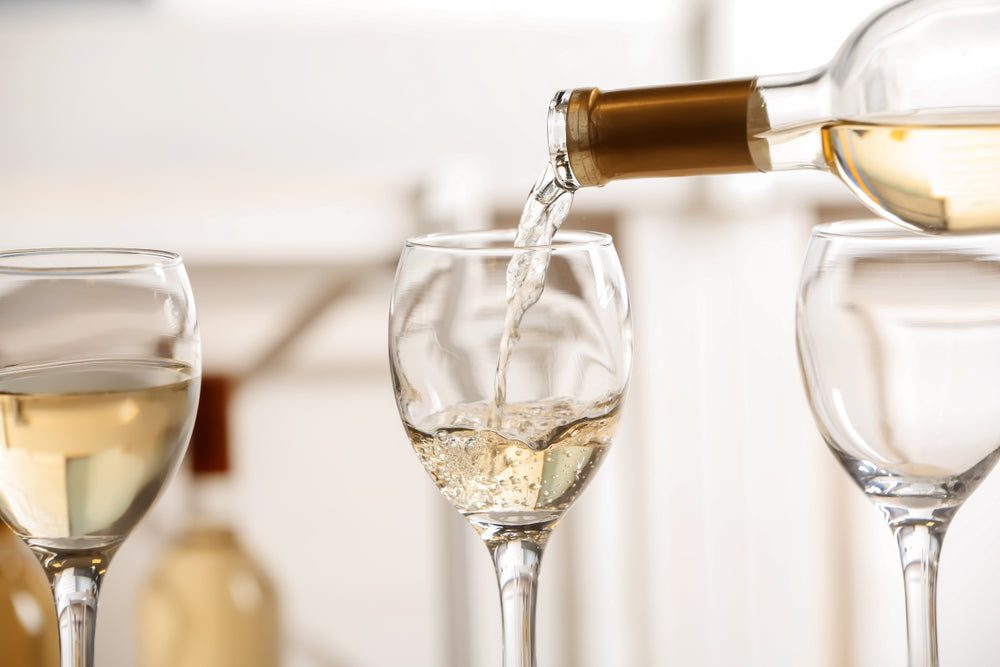
A Beginner’s Guide to Different Types of White Wine
Not sure where to start with white wine? Here are the most common types of white wines you'll see at...
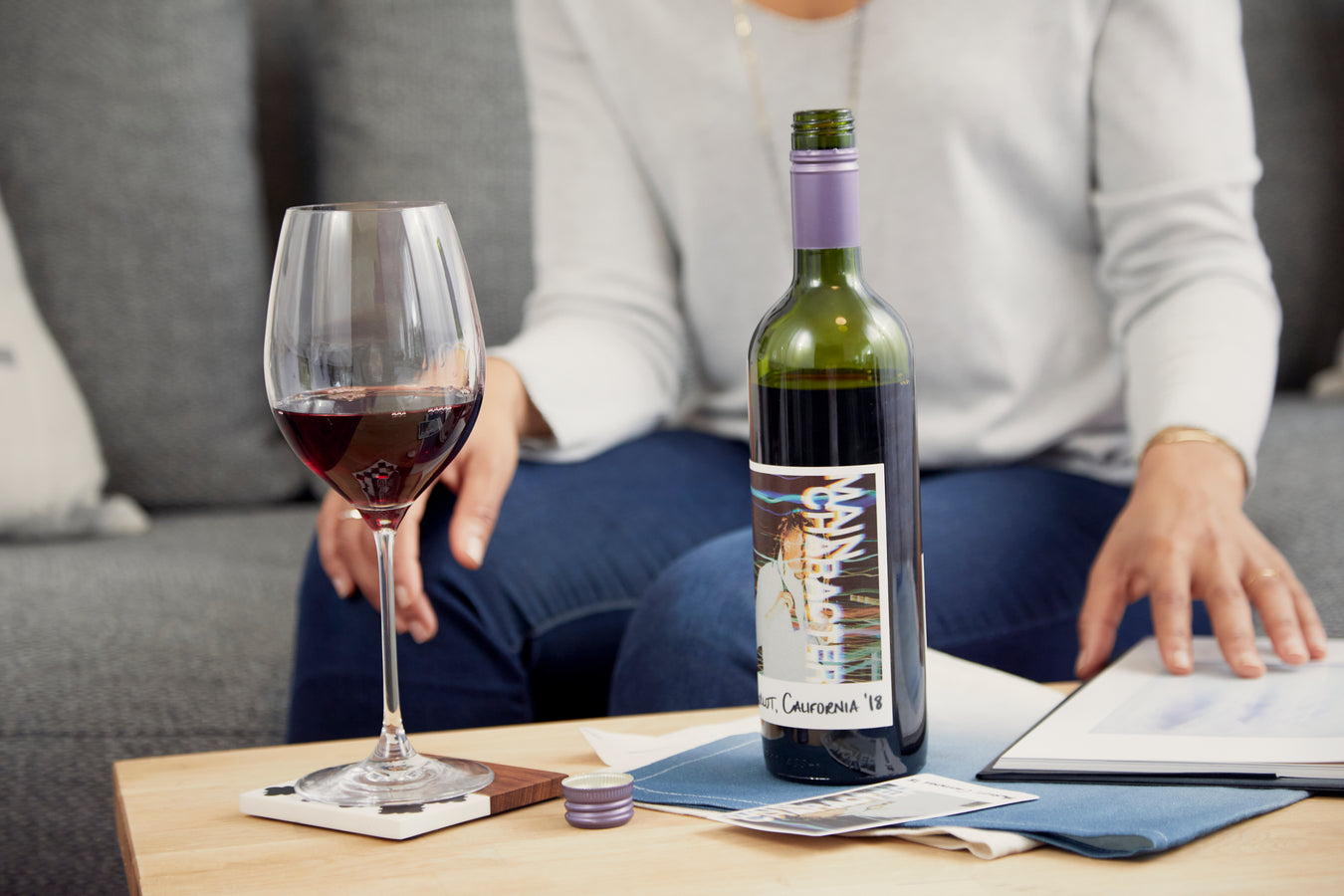
How to Be the Main Character of Your Wine Experience
Some call it main character energy. We call it good wine vibes. Everyone’s story is different – whether you’re just...

How to Talk About Wine: Wine Terms to Know
From tannin to terroir, here's how to talk about wine and the top wine terms to know for your next...

What Are Wine Sulfites & Which Wines Are Low Sulfite Wines?
Sulfites get a bad rap in the wine world, but the truth is, they’re essential to the winemaking process. So,...
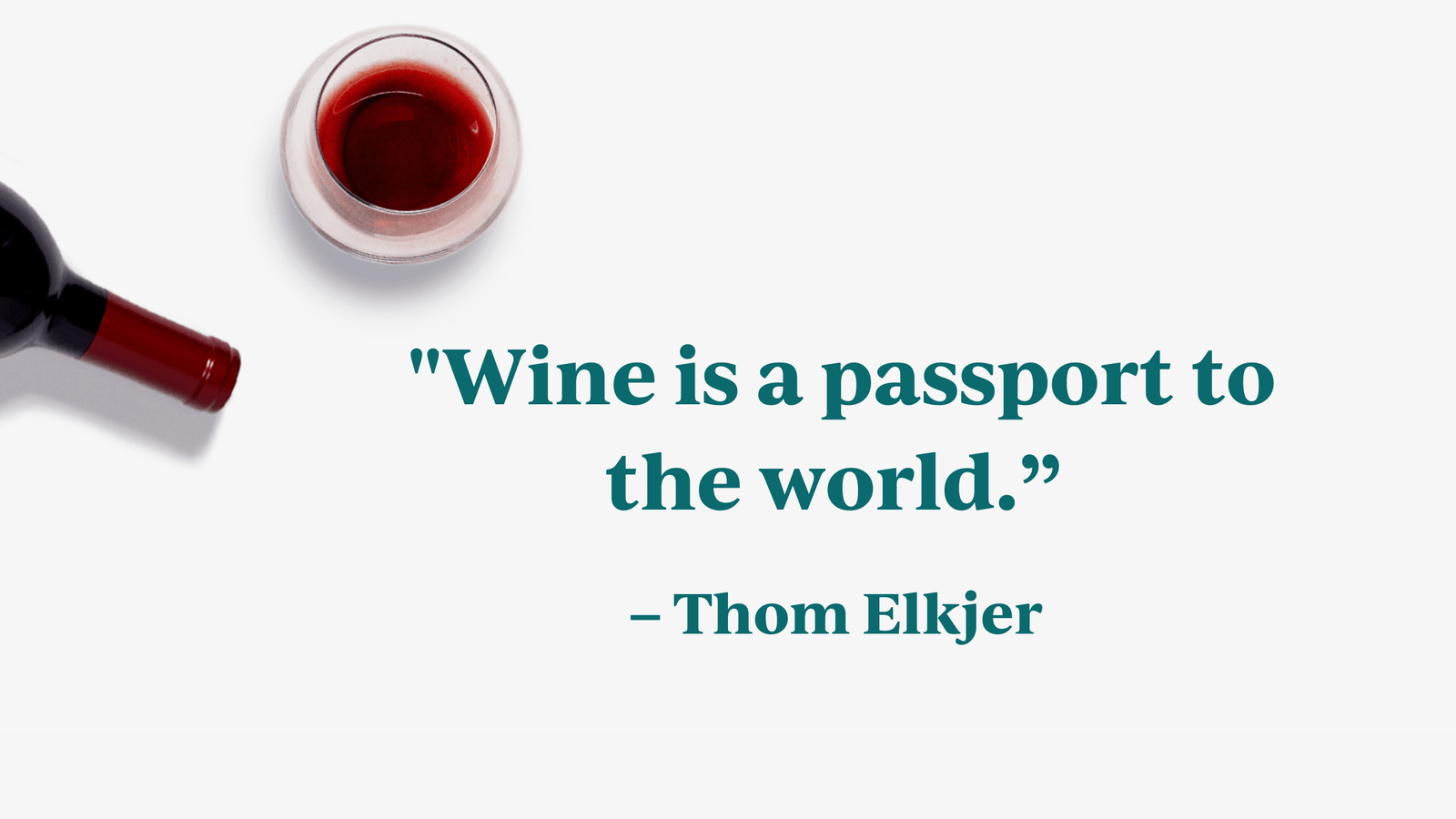
37 Wine Quotes to Keep You Inspired
Wine quotes are like a good glass of wine - they can truly take your day from good to great....
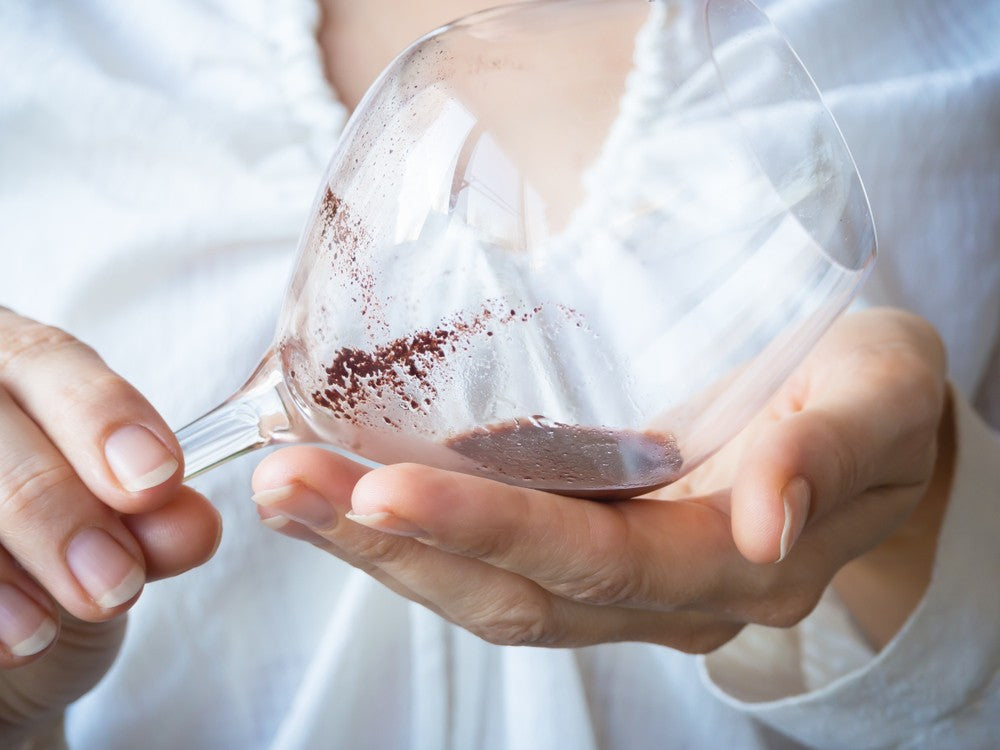
What is Wine Sediment and How Does It Get In My Glass?
In your wine lifetime, you may have experienced wine sediment - traces of the winemaking process left in wine that...
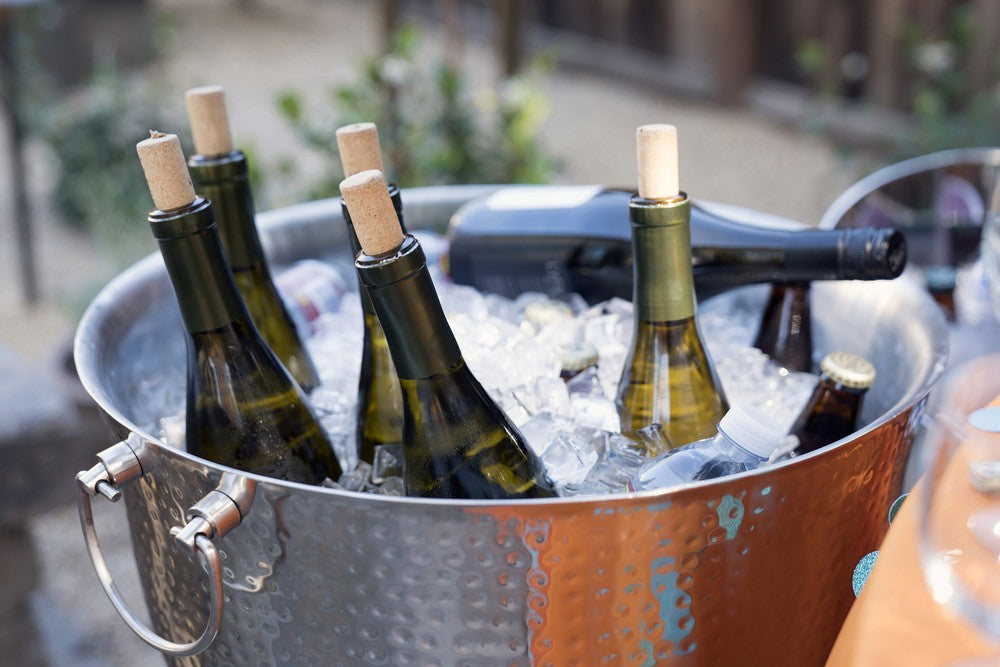
Can Wine Freeze? 3 Hacks for Frozen Wine
We know hard alcohol can’t freeze, but can wine freeze? Here's the explanation you've been waiting for and a few...
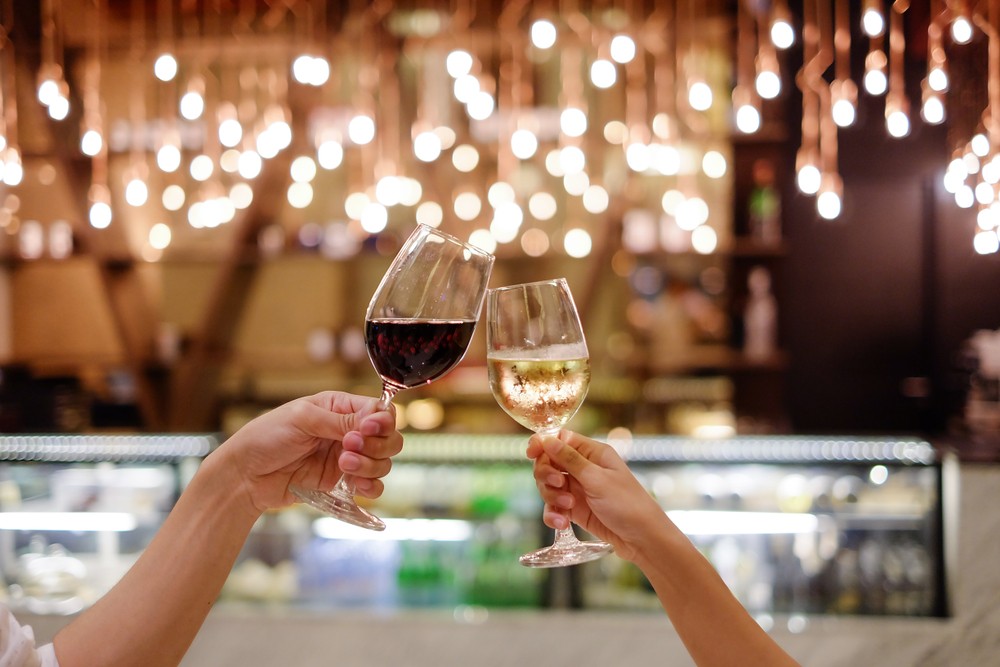
Red Wine vs White Wine: What’s The Difference?
We're sharing the fundamental differences of red wine vs. white wine, plus how you should serve both types of wine.
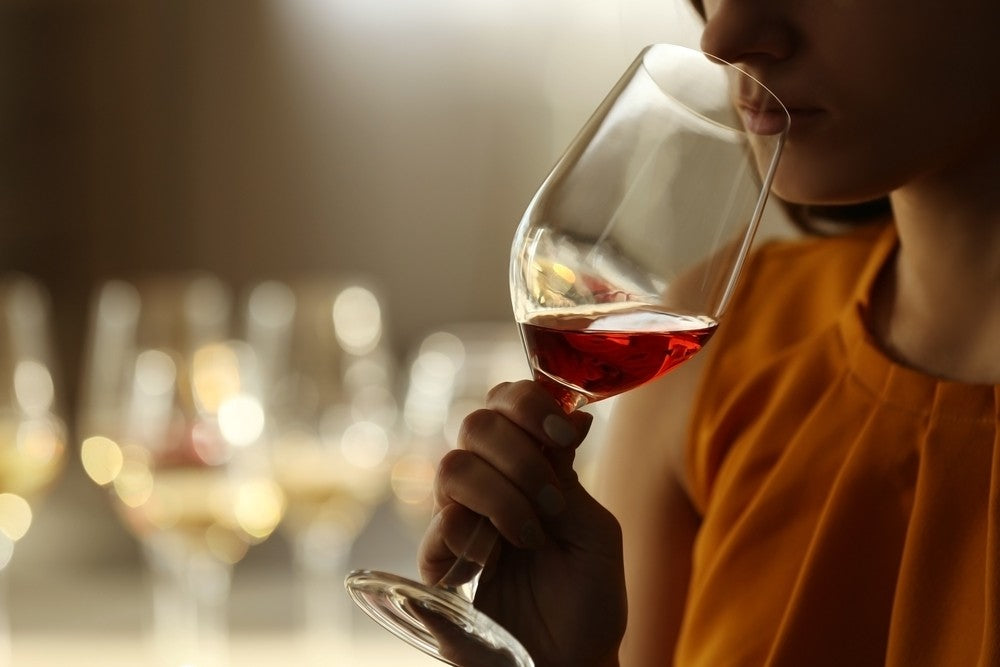
7 Ways to Embrace Try January, Instead of a Dry January
New Year’s resolutions don’t always have to involve giving something up. Here are 7 ways to make this month a...

Sparkling Wine VS Champagne: What’s the Difference?
As we ring in the New Year, it’s important to address this surprisingly common question - what is the difference...

7 Wine Holiday Traditions to Start this Year
Some holiday traditions are just better with wine. Here are 7 creative ways to celebrate the season with vino, year...
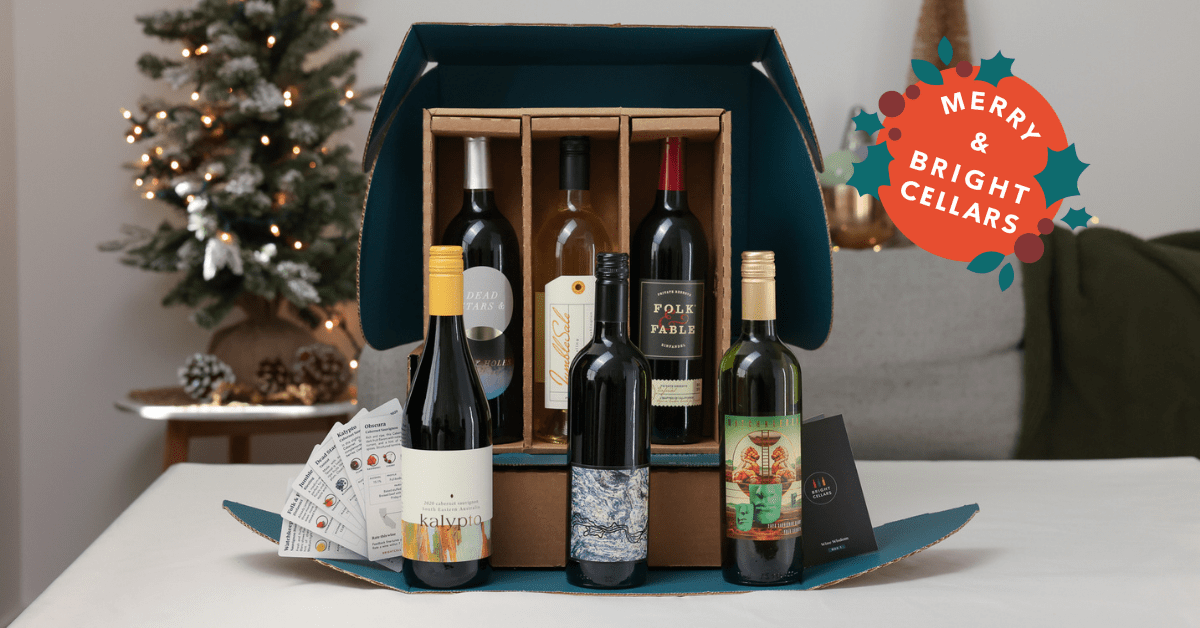
Last Minute Gifts That Will Arrive In Time
These last minute gifts are great for wine lovers and are guaranteed to arrive before the holidays. Check out these...
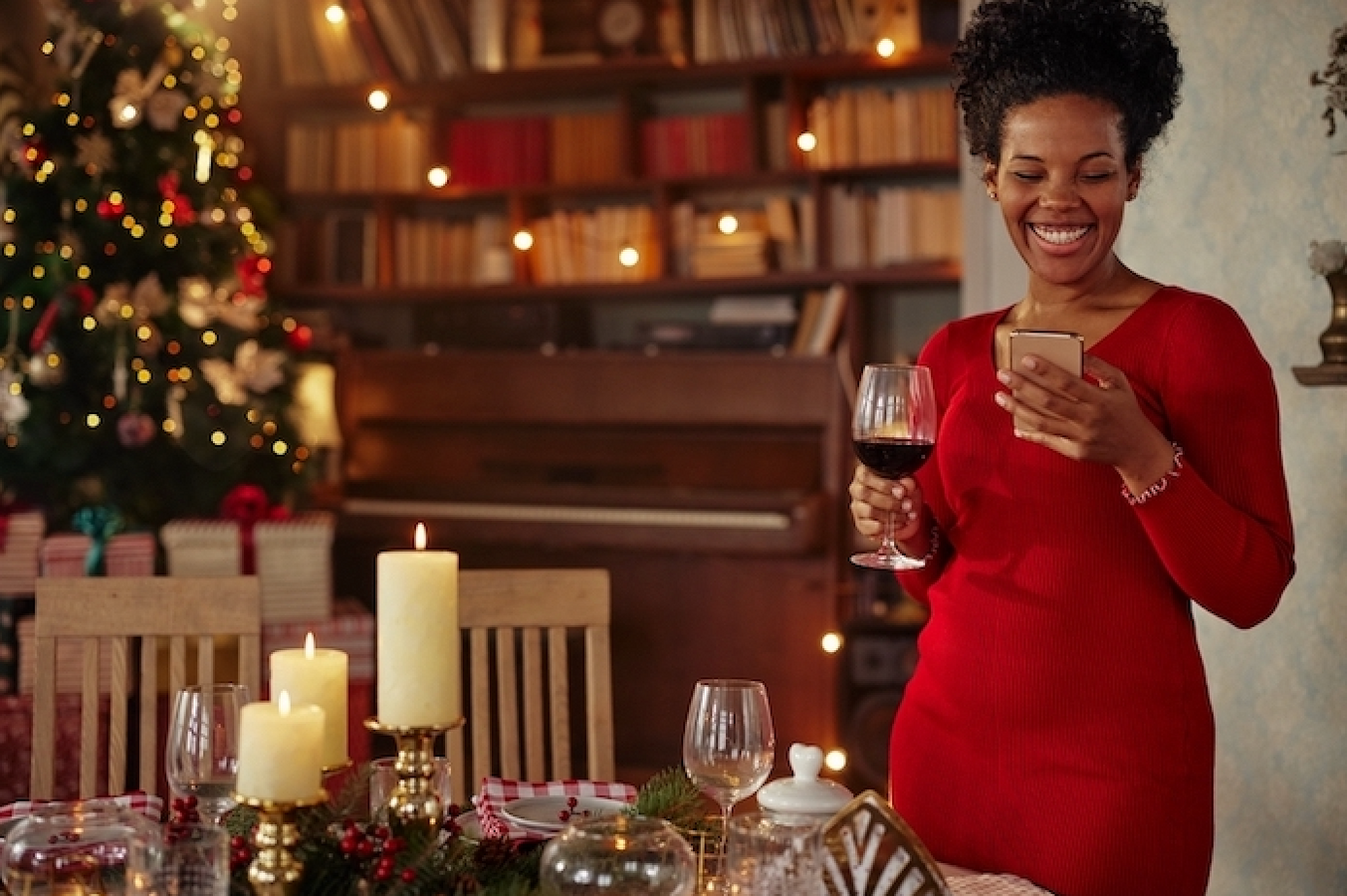
25 Best Christmas Songs and Wine Pairings
From classic carols to modern hits, we’ve taken the liberty of rounding up the best Christmas songs and pairing them...

Holiday Hacks: How to Reuse Your Bright Cellars Box
Instead of tossing your box on the curb, here are a few holiday hacks and DIY wine bottle crafts to...

Top Wine Pairings for Your Holiday Dinner – No Matter What You Cele...
The holidays are all about enjoying good food! Here are the perfect holiday dinner and wine pairings – no matter...
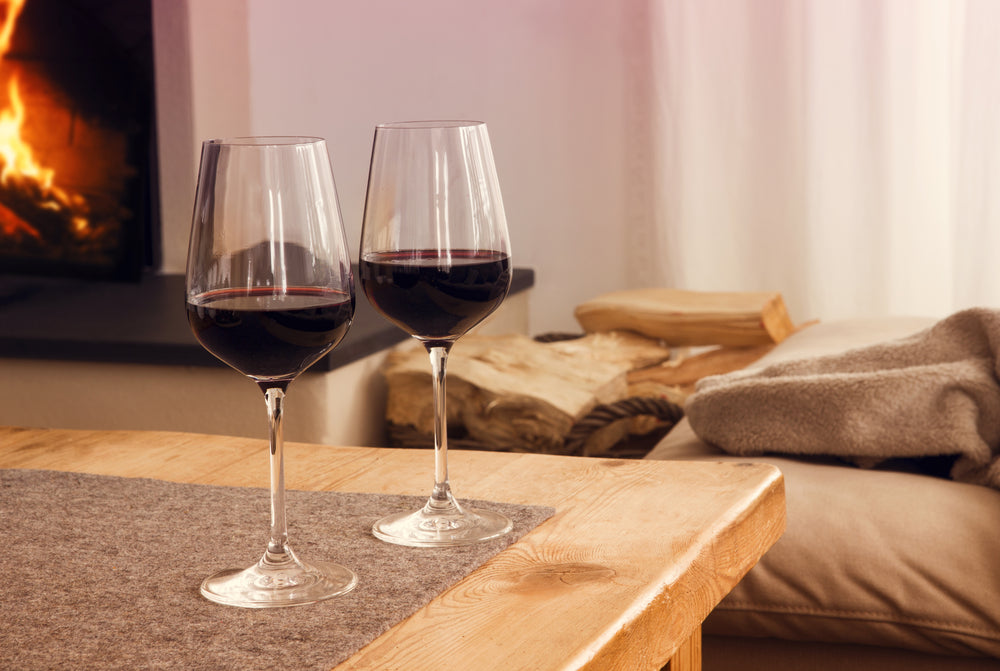
Winter Wine: The Best Winter Reds
There’s nothing like cozying up next to a fire with a glass of winter wine in hand. Here are the...

Gift Guide: Gifts for Wine Lovers
Wondering what to get someone who loves wine? From the Wine Newbie to the Cocktail Connoisseur, here are the perfect...
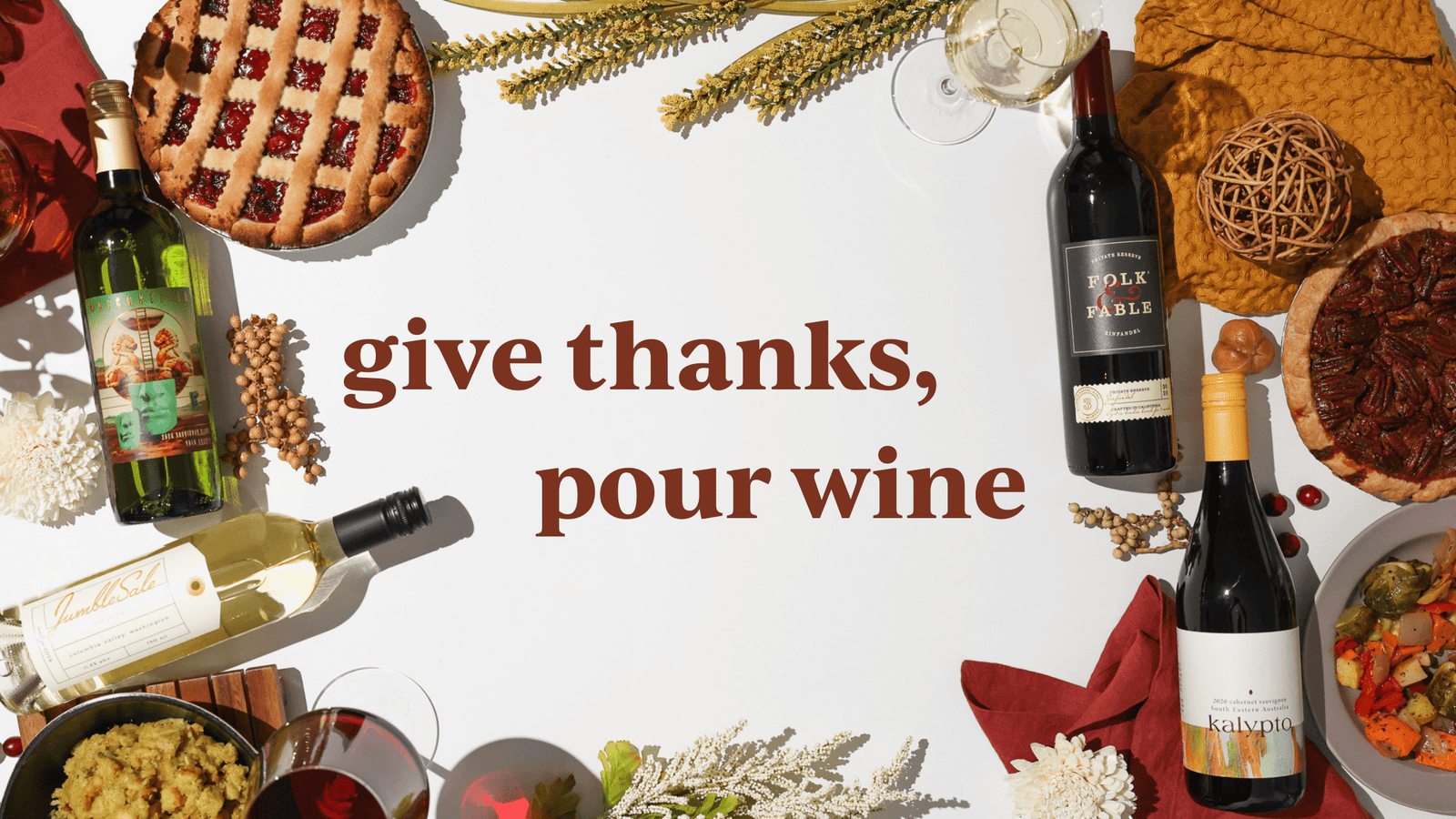
7 Reasons to be Thankful for Wine
When you go around the table this Thanksgiving and share what you're thankful for, don't forget to be thankful for...
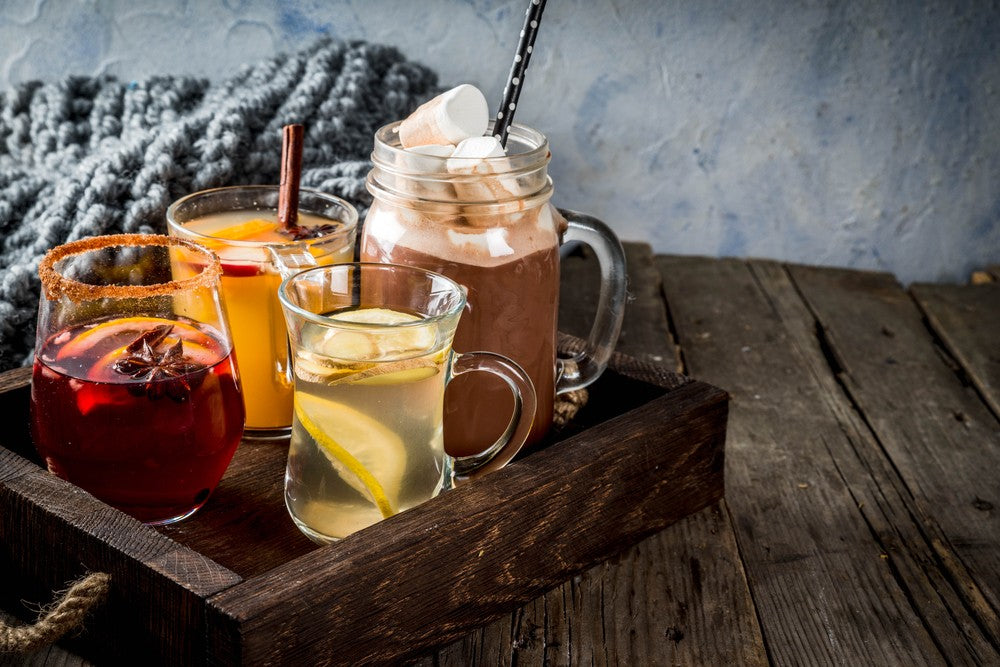
Your Favorite Wine Cocktails, Ranked
There’s something special about the seasons changing. It’s the perfect time to try a new wine or get out of...
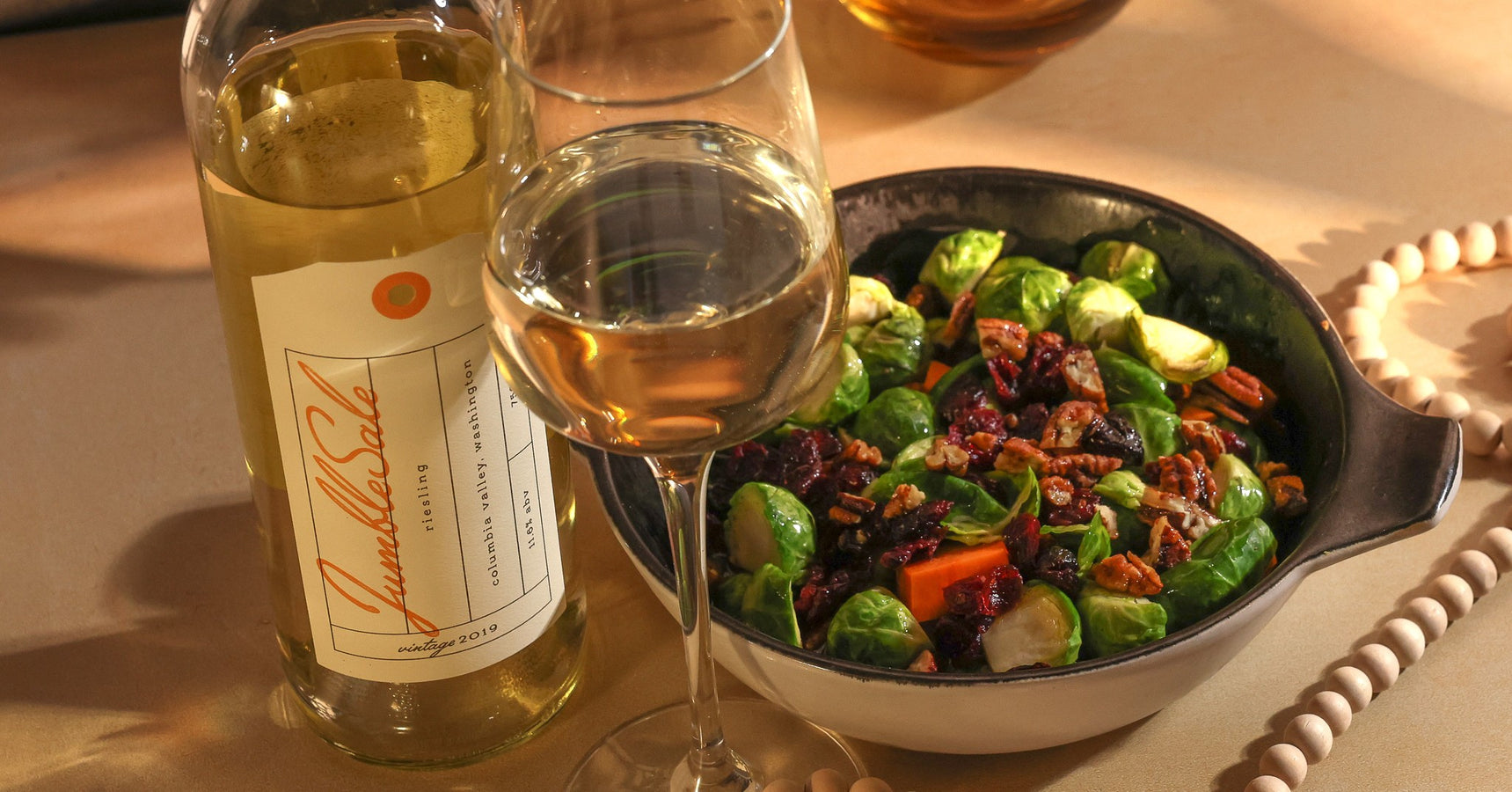
Thanksgiving Leftover Recipes & Wine Pairings
You can only eat turkey so many days in a row. Here are the best Thanksgiving leftover recipes and the...

2021 Black Friday Wine Deals
Whether you're a wine beginner or seasoned sipper, here are the best Black Friday wine deals for wine lovers alike.
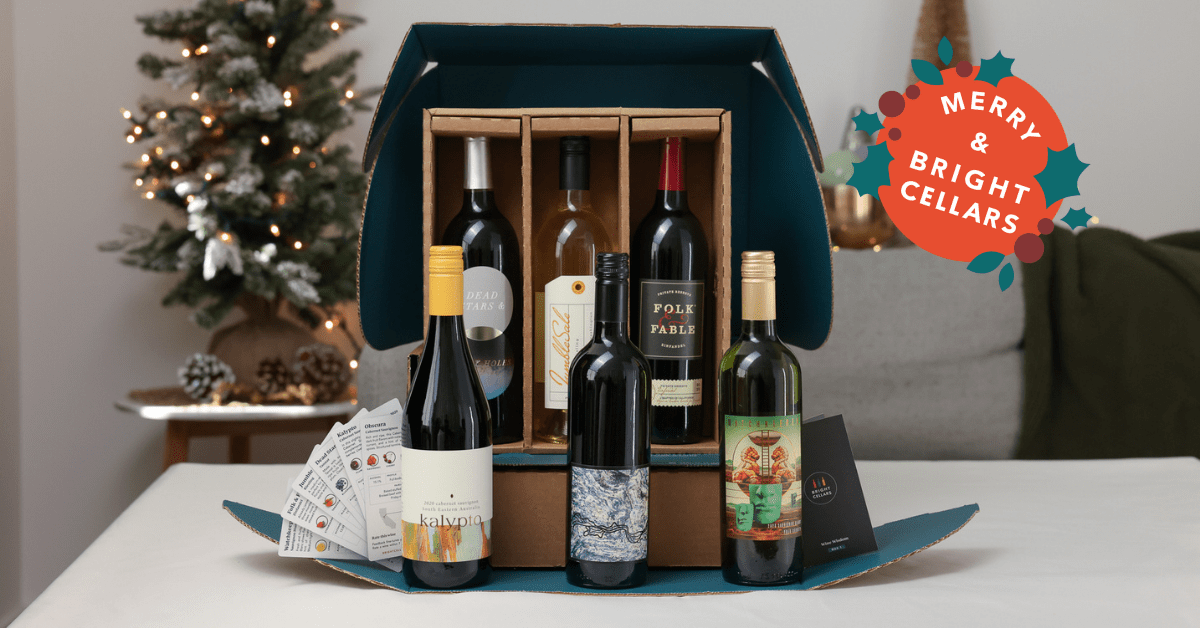
The Best Holiday Wine Gift Subscription On The Internet
We found the perfect holiday wine gift to give your loved one all the warm and fuzzies this holiday season.
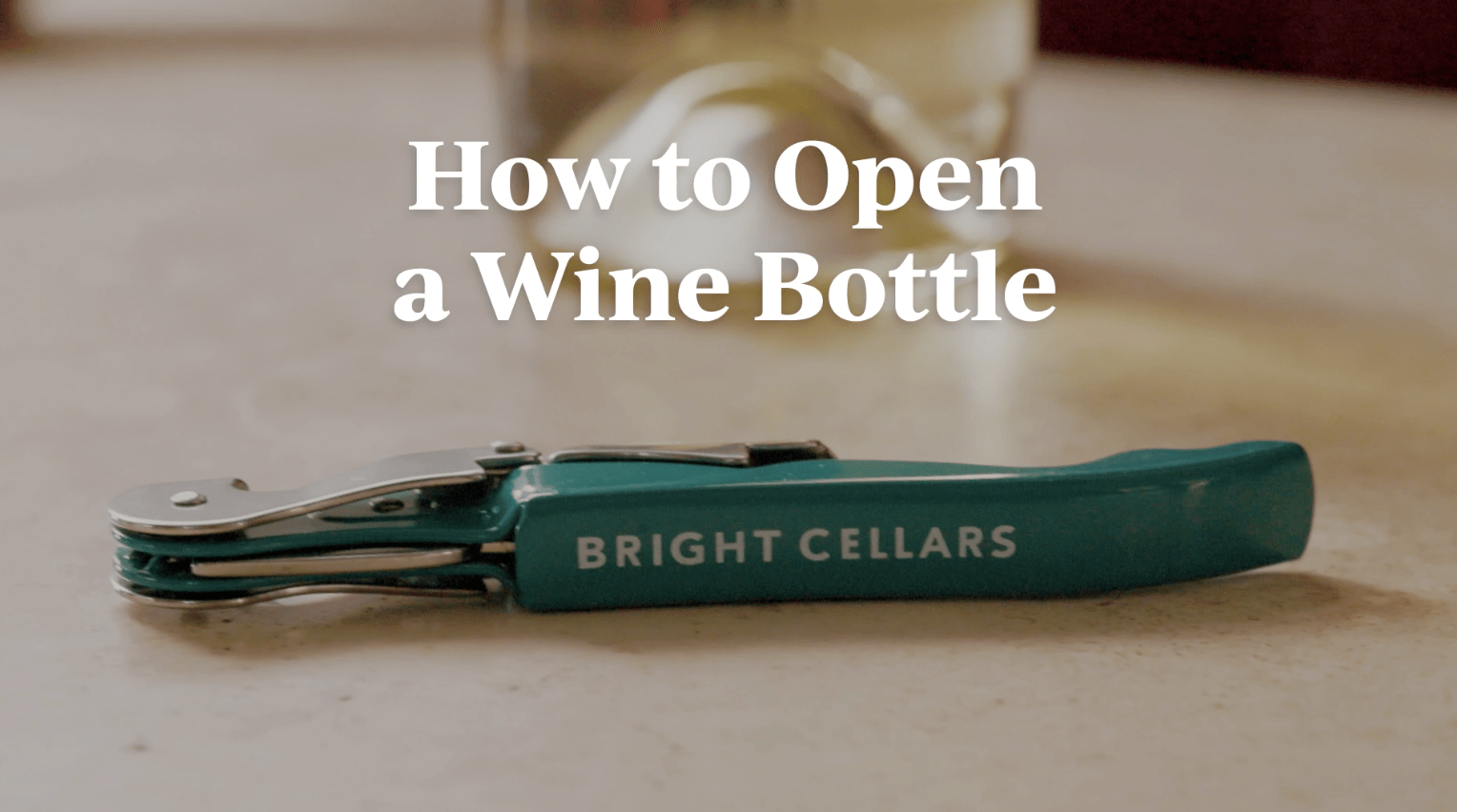
How to Open a Bottle of Wine
Grab your corkscrew and your favorite Bright Cellars wine - we're teaching you how to open a bottle of wine...
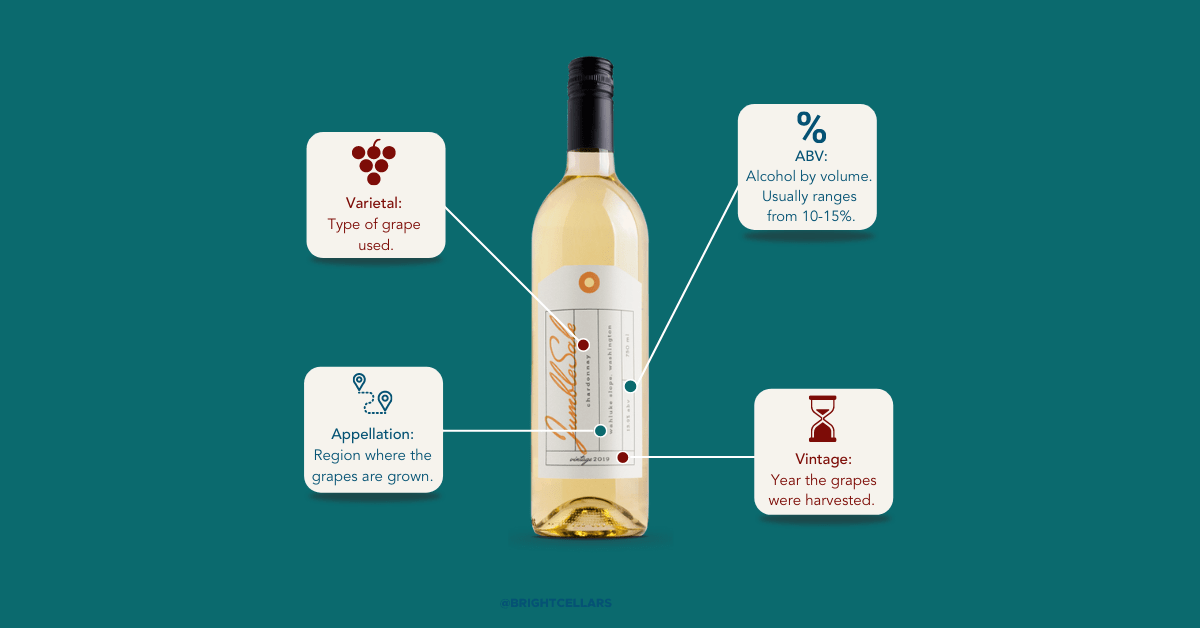
How to Read a Wine Label
Deciphering wine labels can be downright confusing. Today we're teaching you how to read a wine label in four easy...
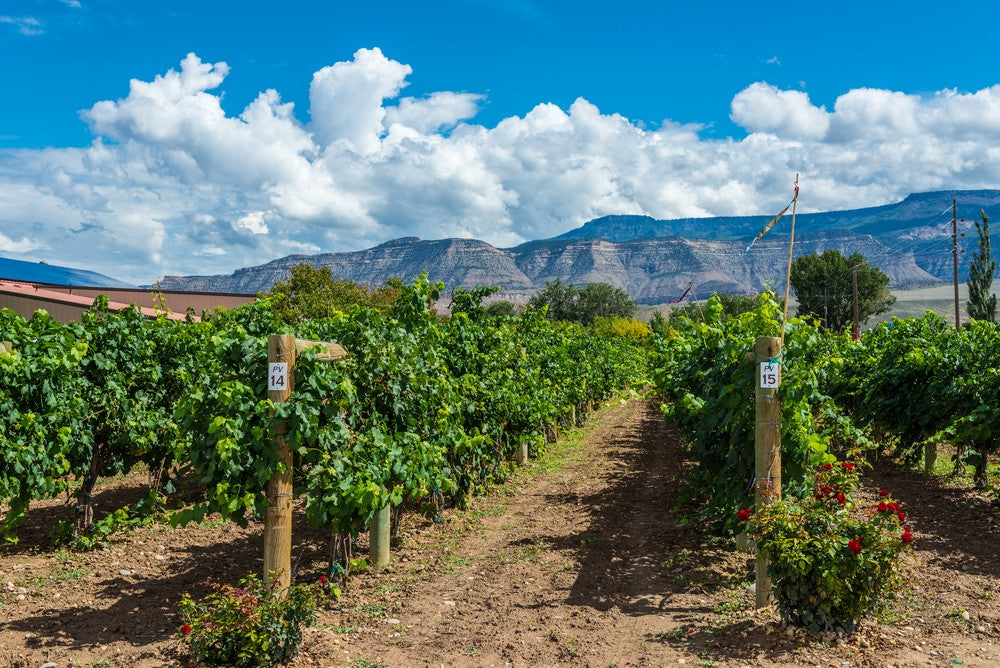
Have You Ever Visited a Vineyard?
There are some experiences that are simply irreplaceable when it comes to wine. We asked our Bright Cellars’ community, “Have...
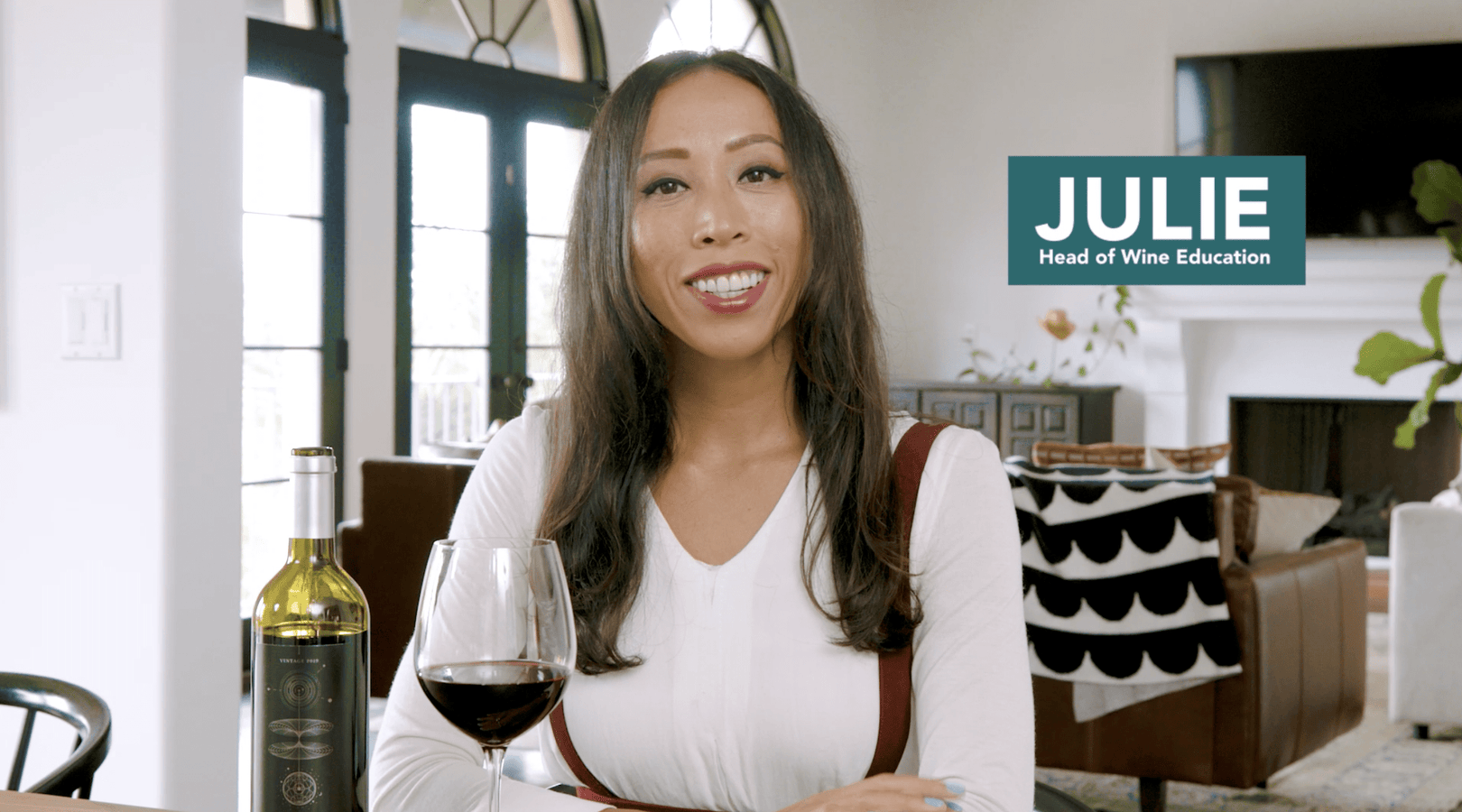
How to Taste Wine
How to Taste Wine in 3 Easy Steps https://youtu.be/yZiVhcLNCto Anyone can drink wine, but tastin’ wine ain’t easy. In order...

Don’t Forget the Wine: A Holiday Hosting Checklist
Are you hosting for the holidays? Check out our holiday hosting checklist focused on, you guessed it, wine!
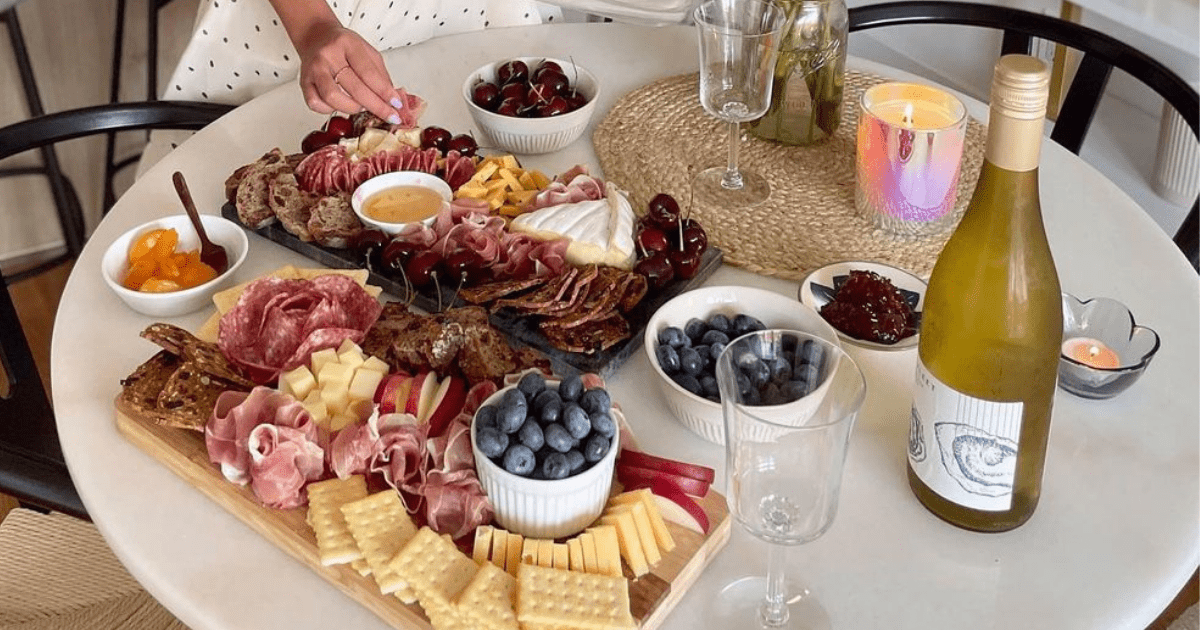
How to Pair Wine With Your Fall Charcuterie Board
Get creative for your next fall get together! Here are our recommendations for pairing wine with your next fall charcuterie...

Thanksgiving Wines Based on Your Favorite Side Dish
In some situations, it’s okay to play favorites! Here’s which wine you should drink based on your favorite Thanksgiving side...
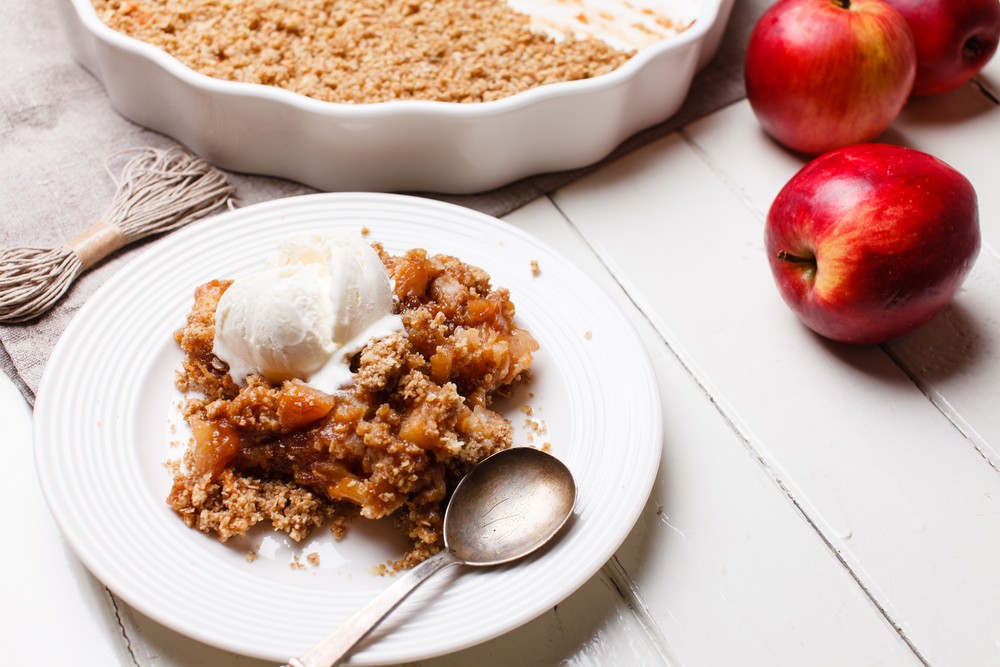
5 Apple Dessert and Wine Pairings Perfect for Fall
Move over pumpkin, it's apple's time to shine! These 5 fall apple desserts and wine pairings are perfect for celebrating...

How to Throw a Hallowine Party
If you think Halloween is just for kids, think again. Here are 5 foolproof ways to take your celebration from...
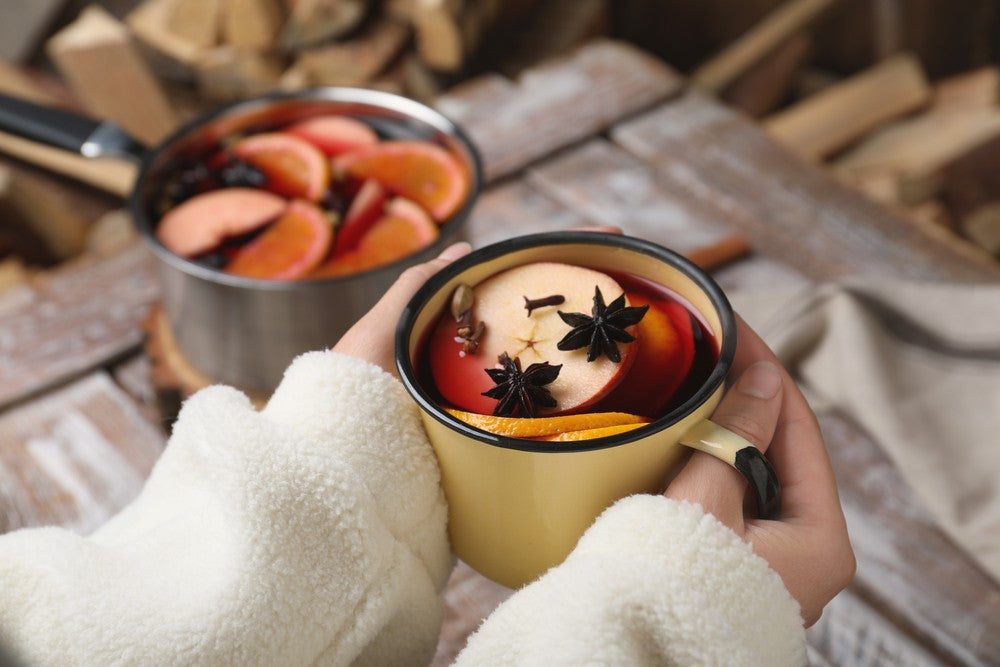
How to Make Mulled Wine (And Other Fall Cocktails)
There’s just something special about a homemade fall wine cocktail. Here's how to make mulled wine (and other fall cocktails!)
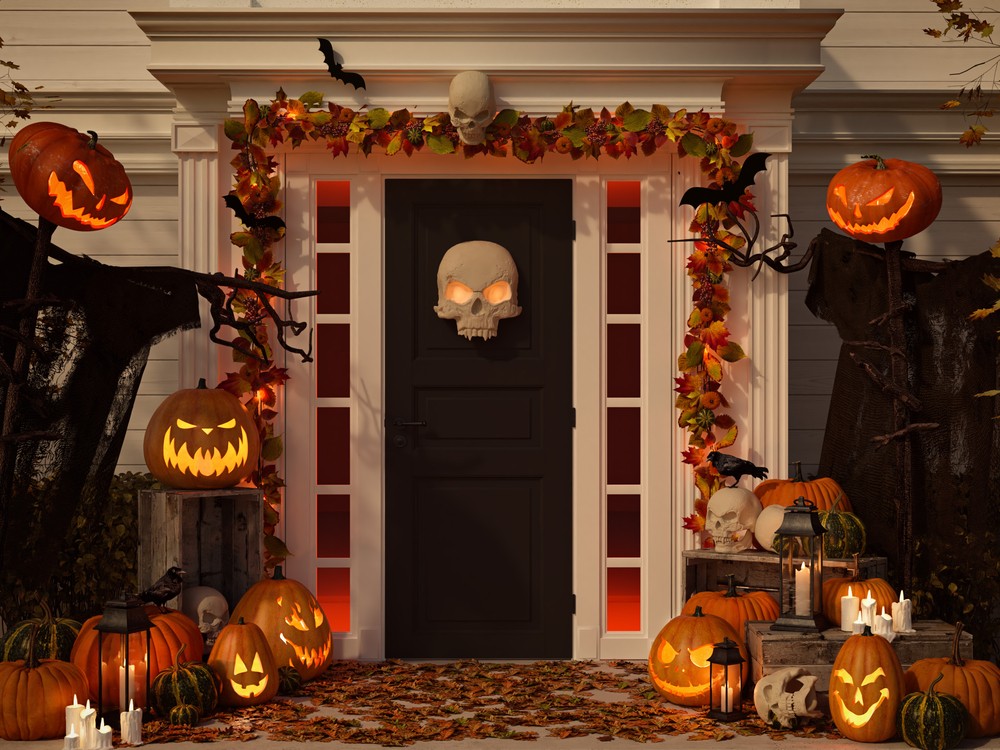
Pairing Wine With Halloween Candy: The Ultimate Guide
Sometimes you have to treat yourself! These 12 Halloween candy and wine pairings are perfect for ending spooky season and...
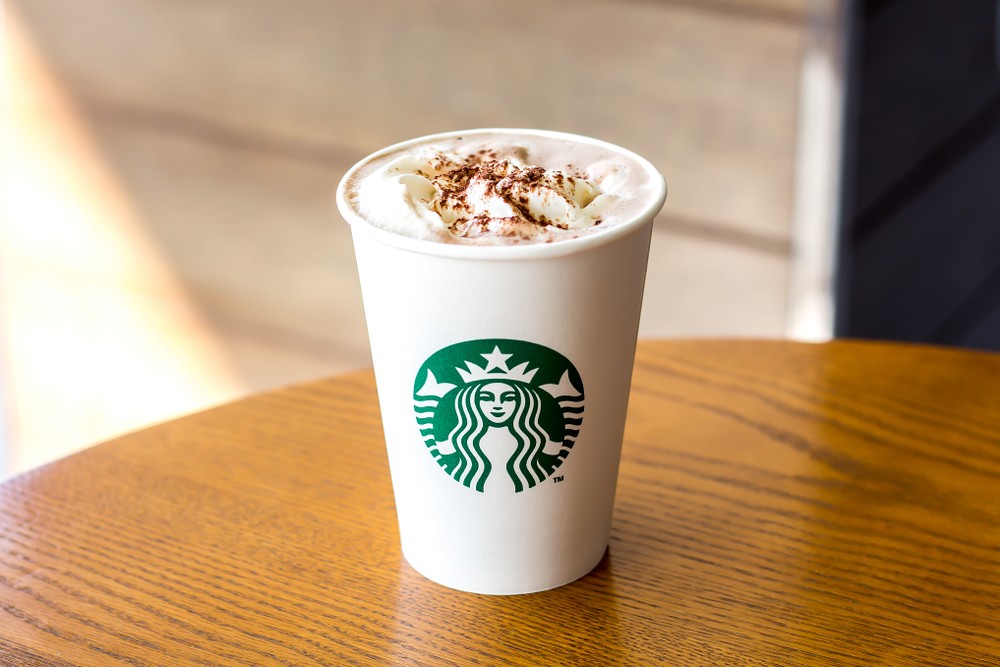
9 Wines for Pumpkin Spice Lovers
Some call it fall, others call is pumpkin spice season! Here are 9 wines perfect for pumpkin spice lovers for...
